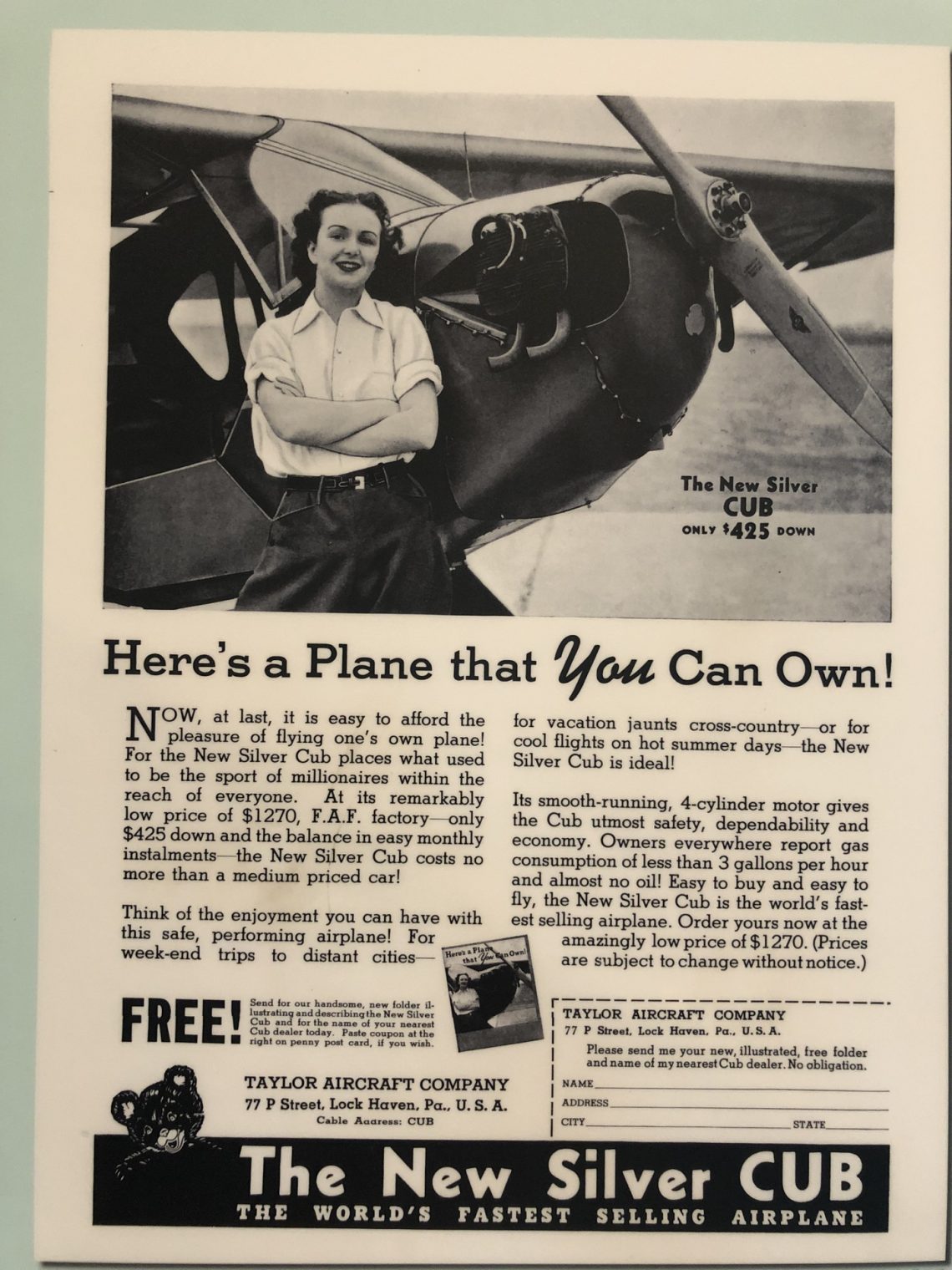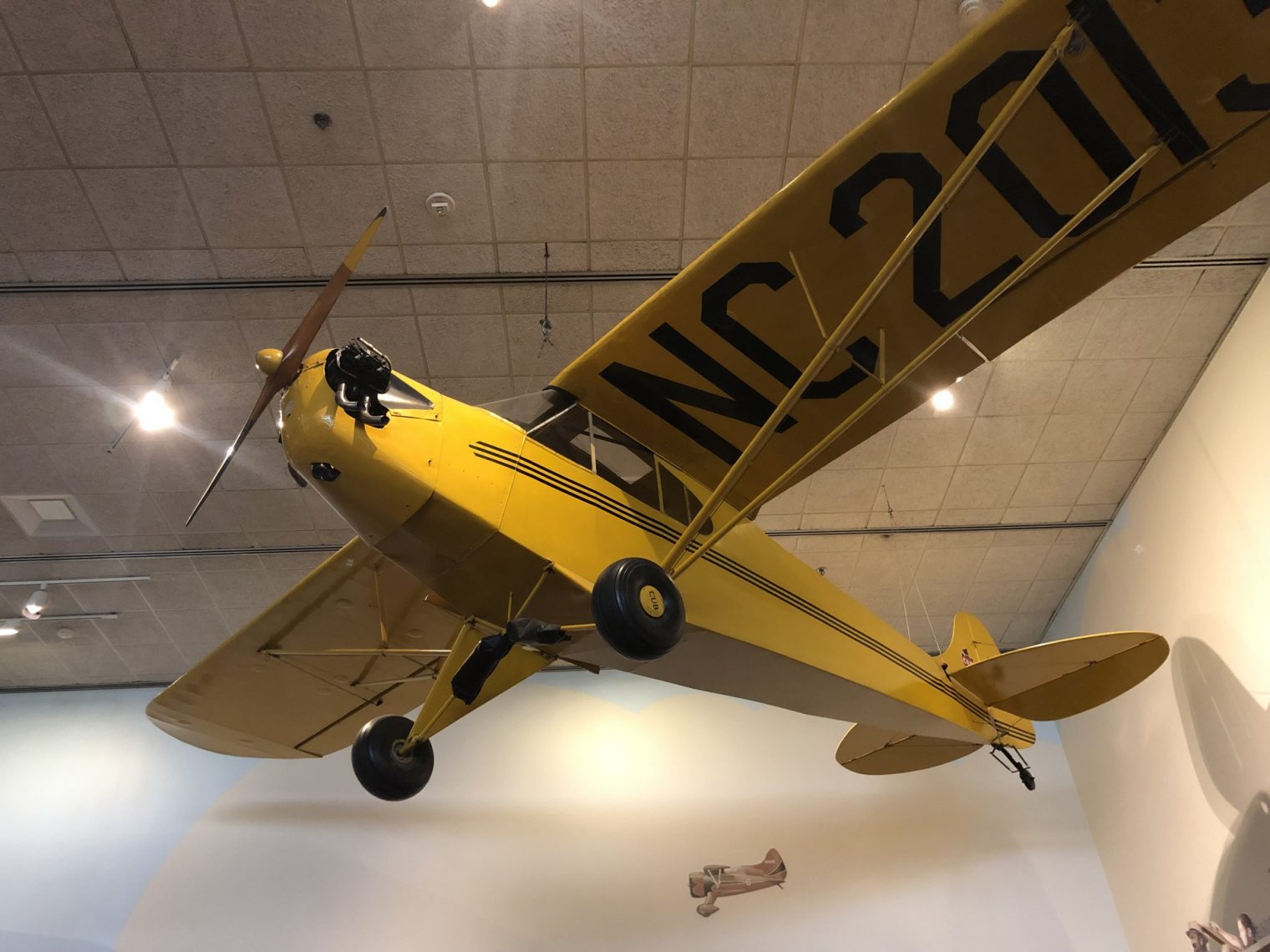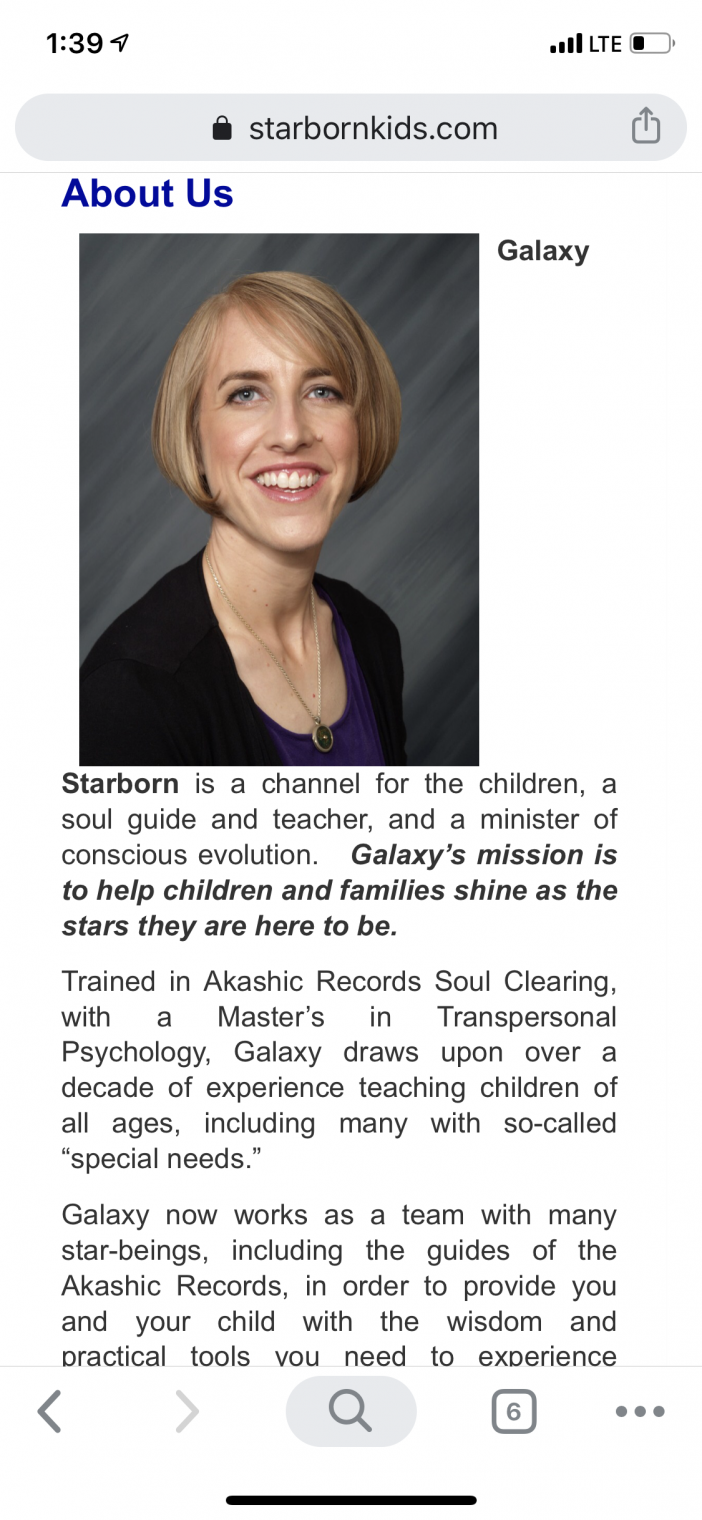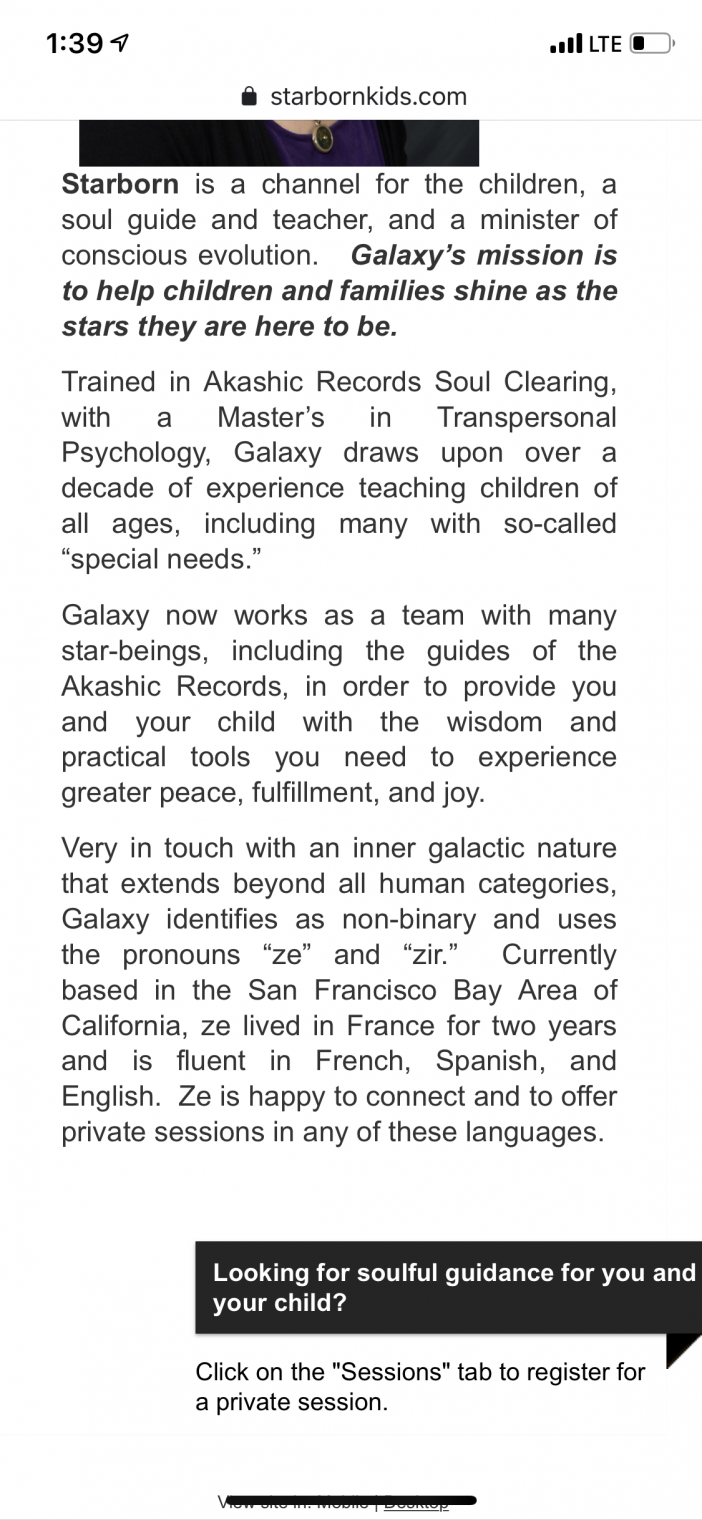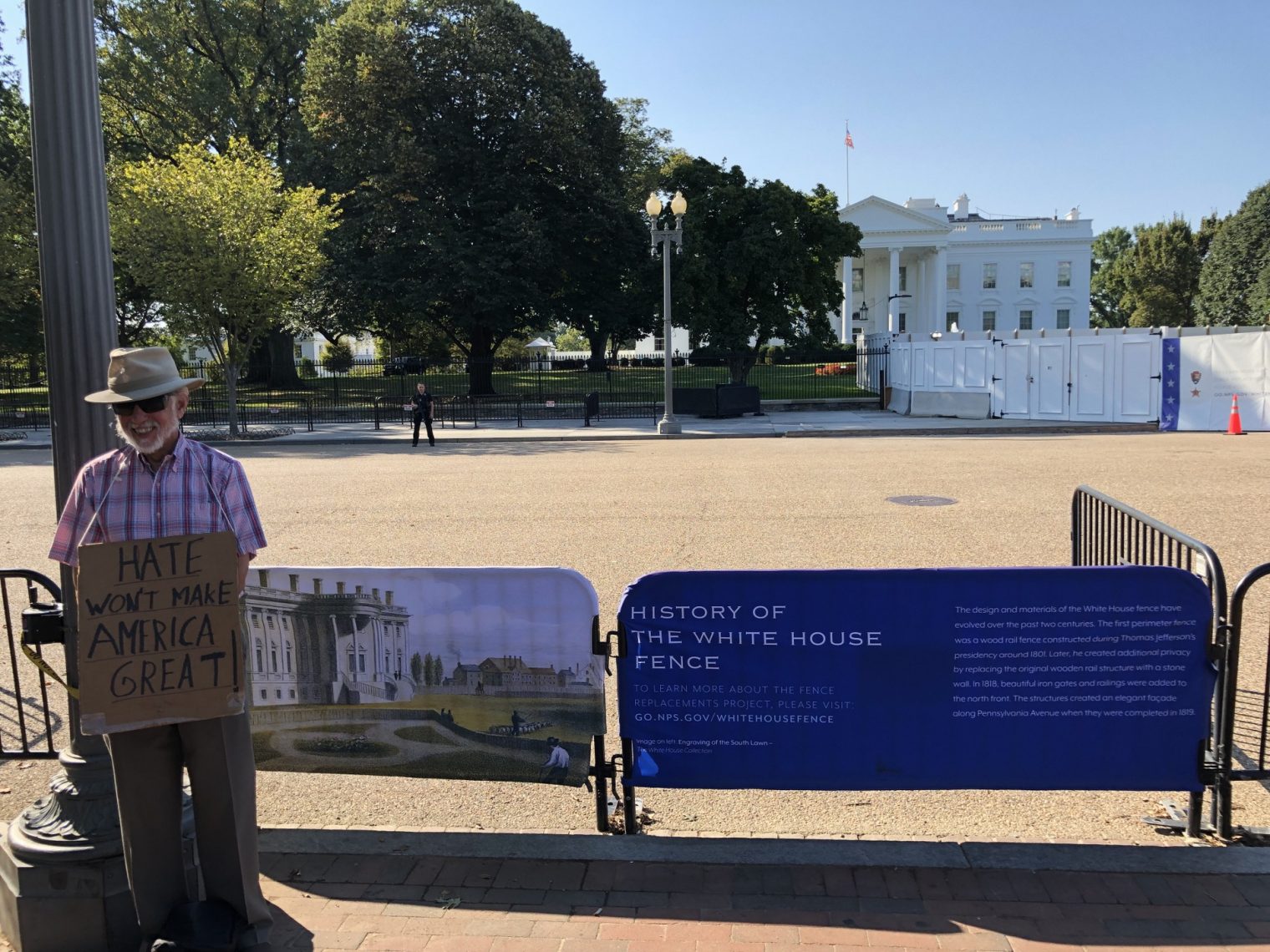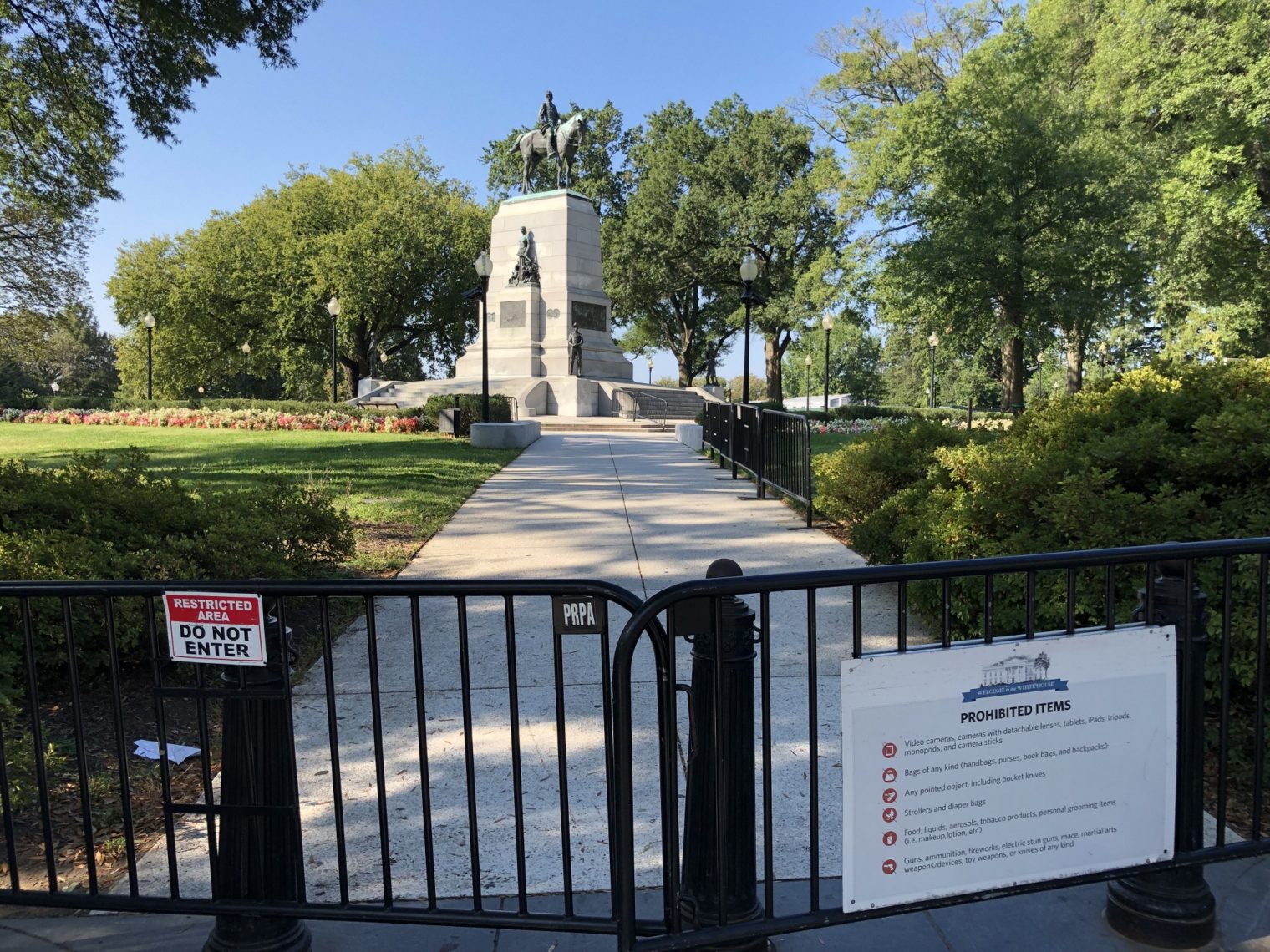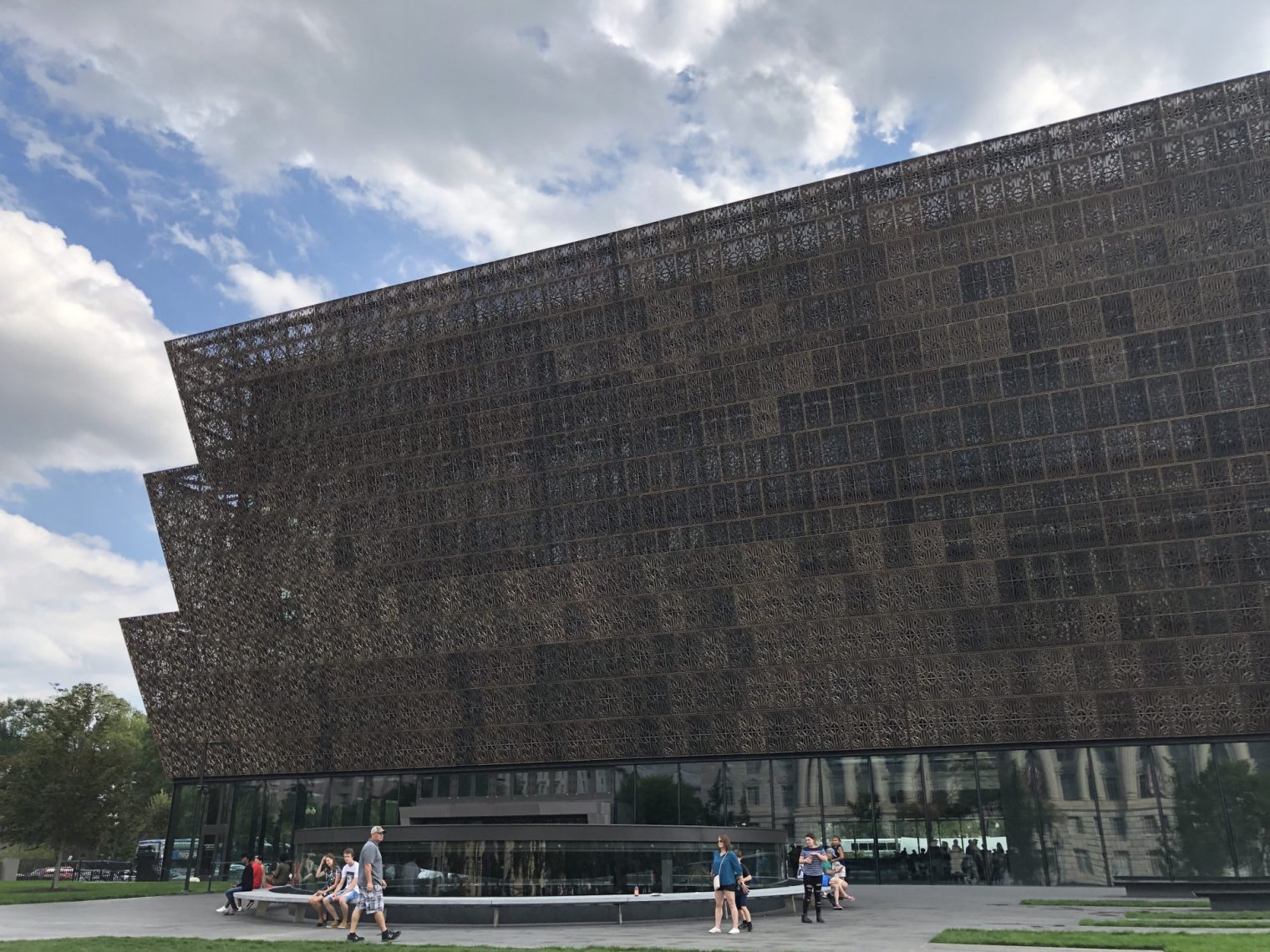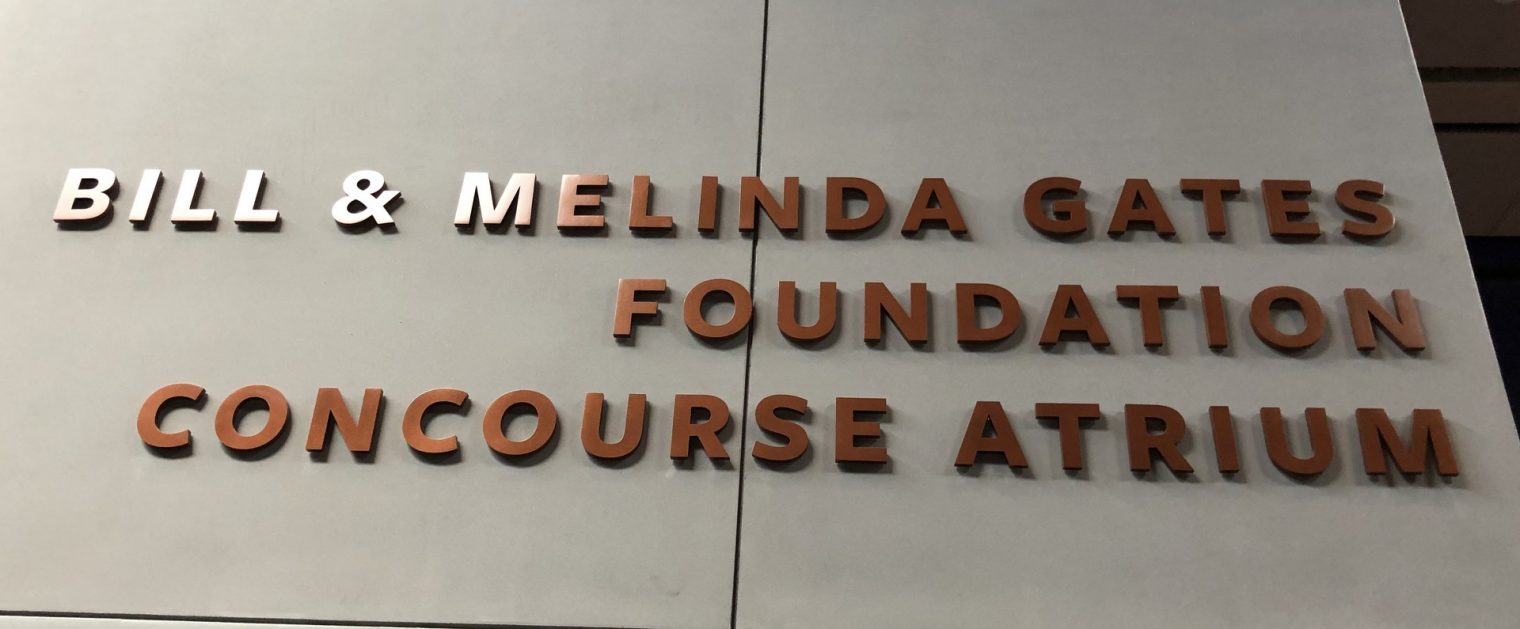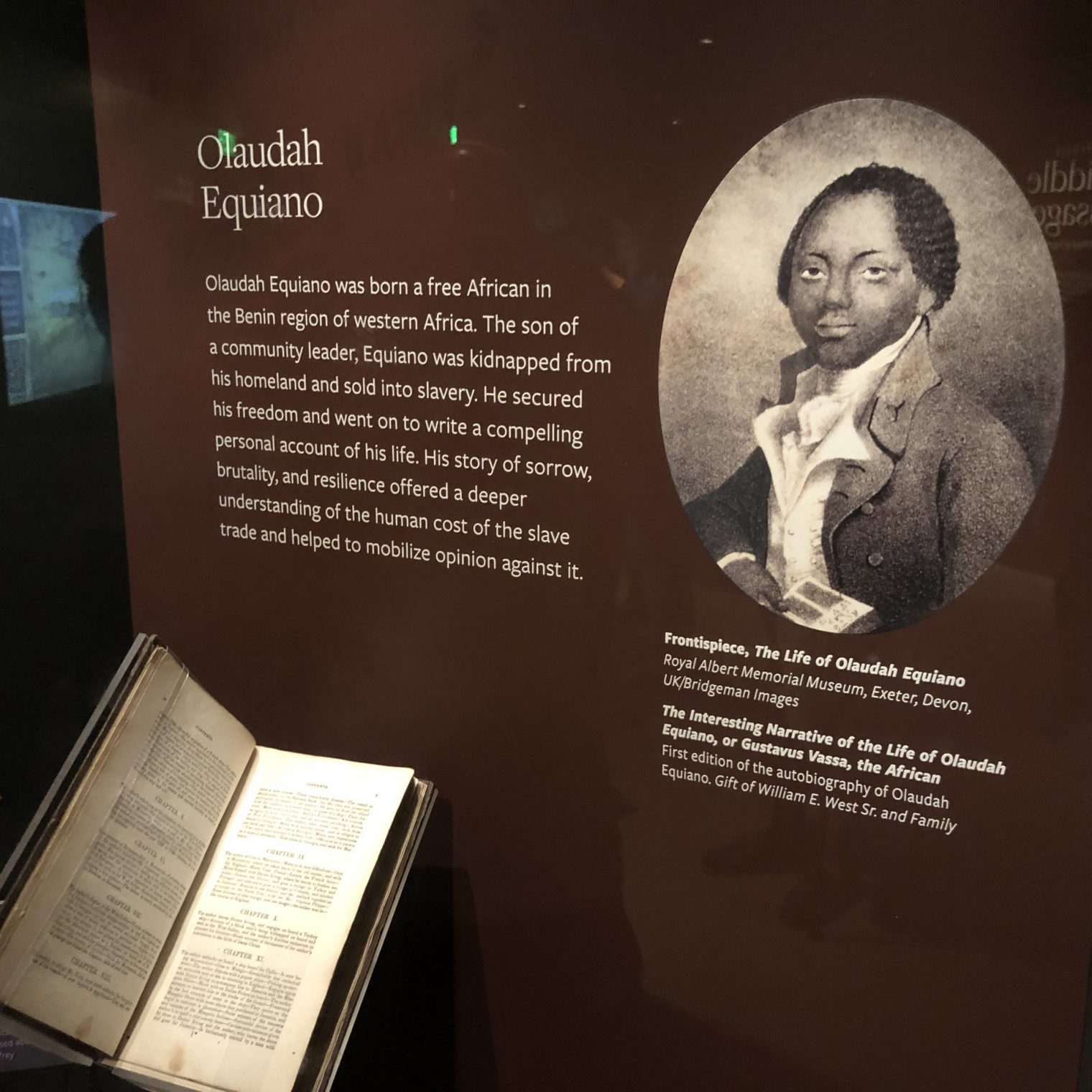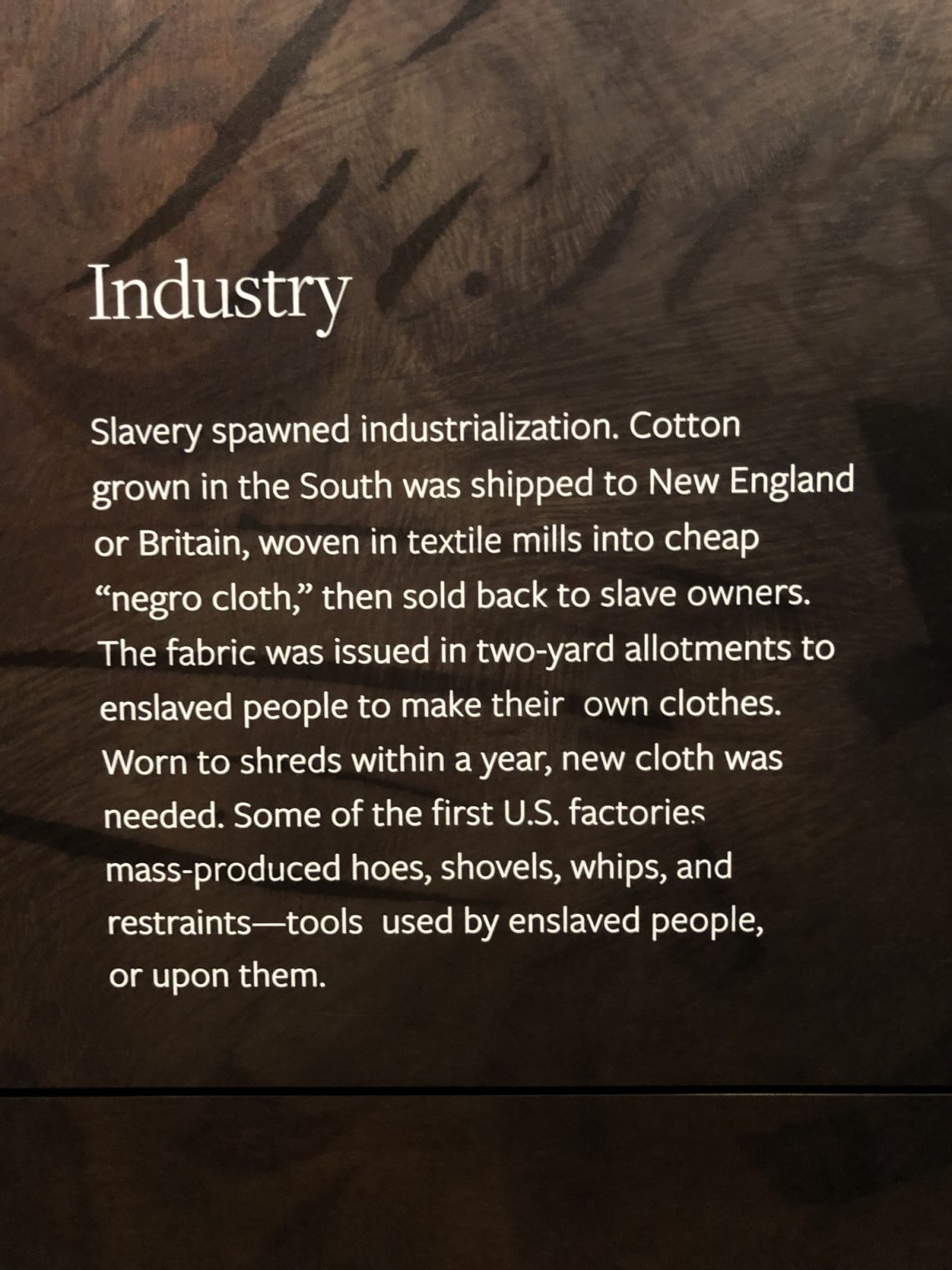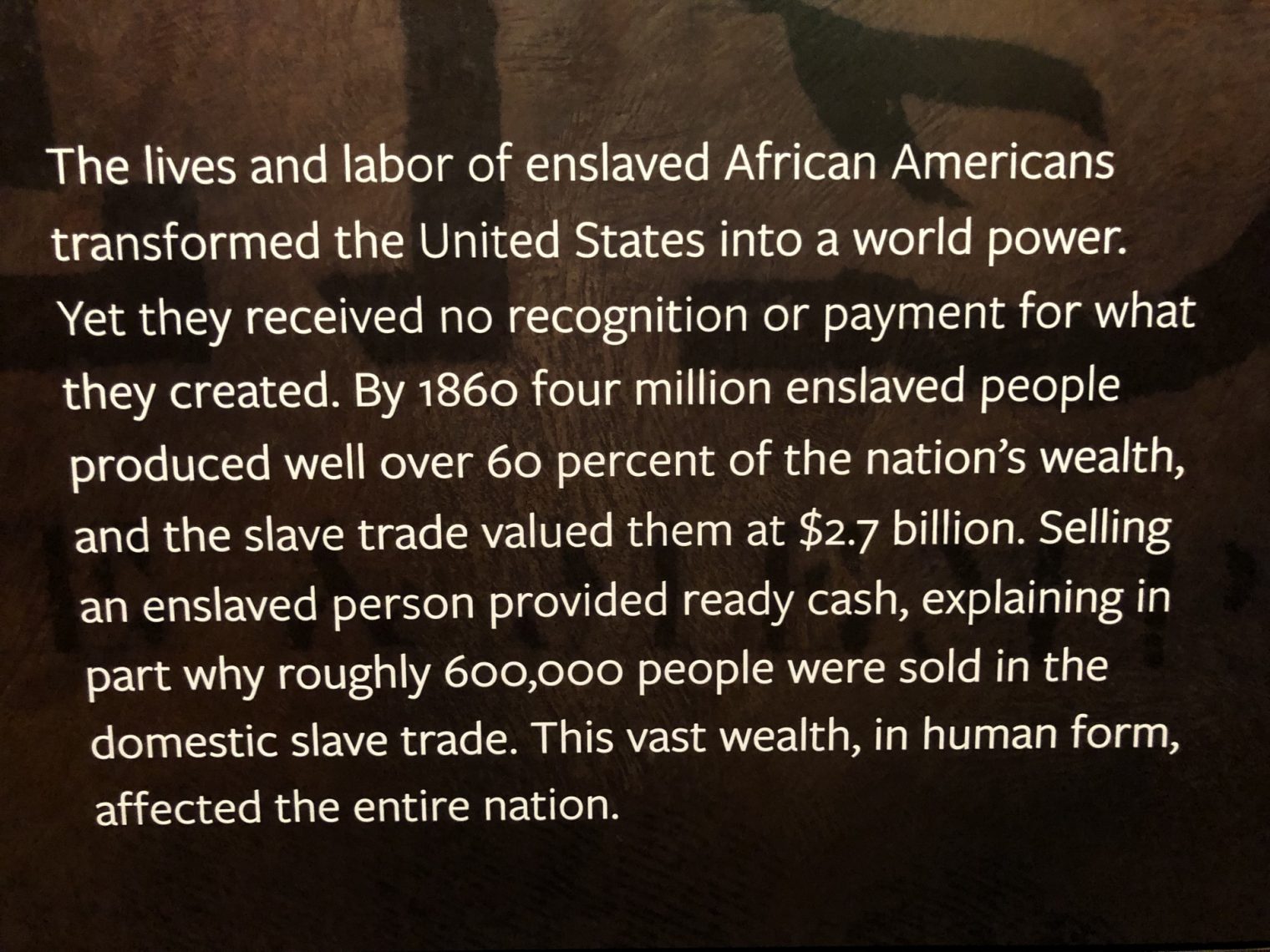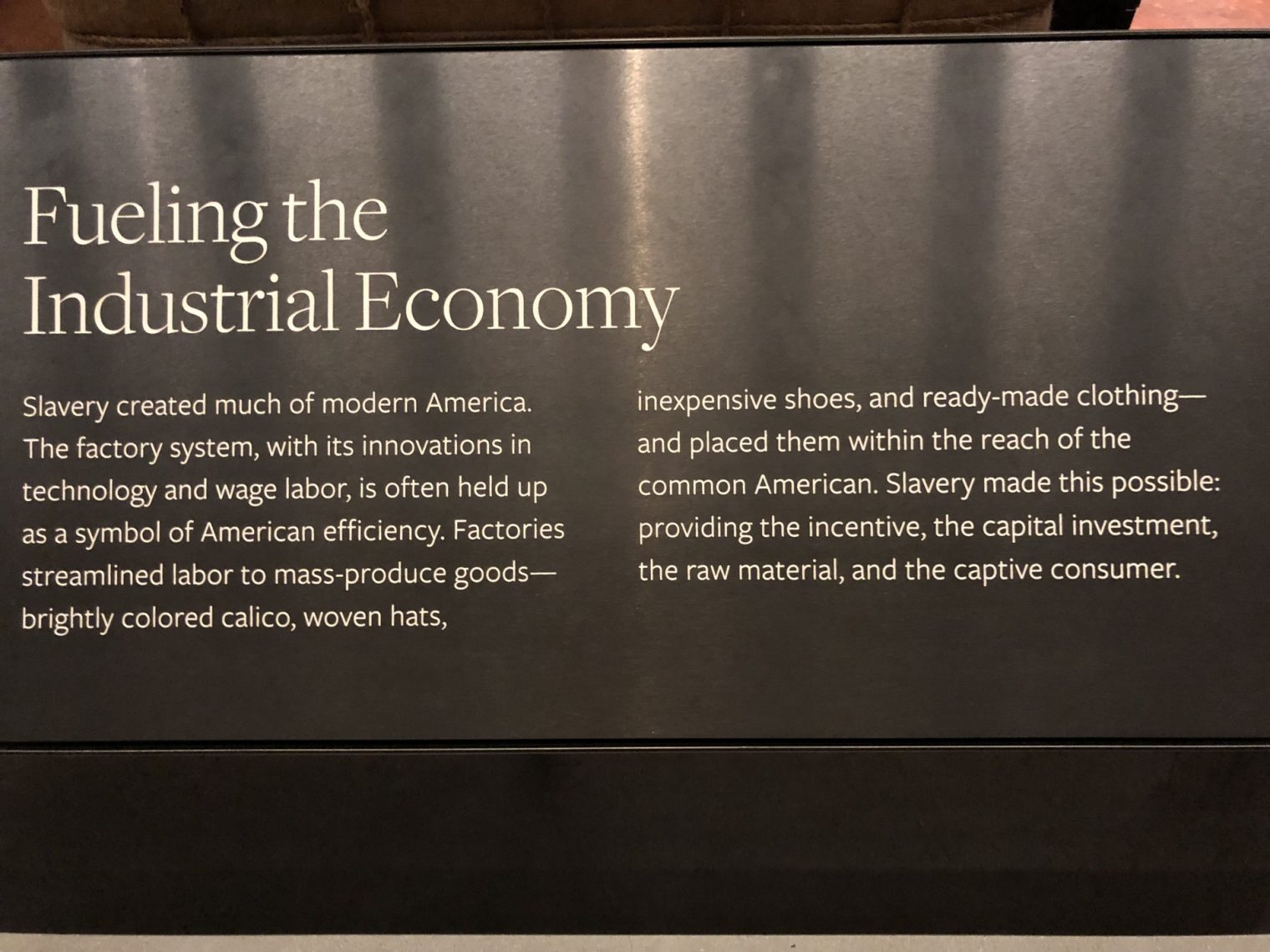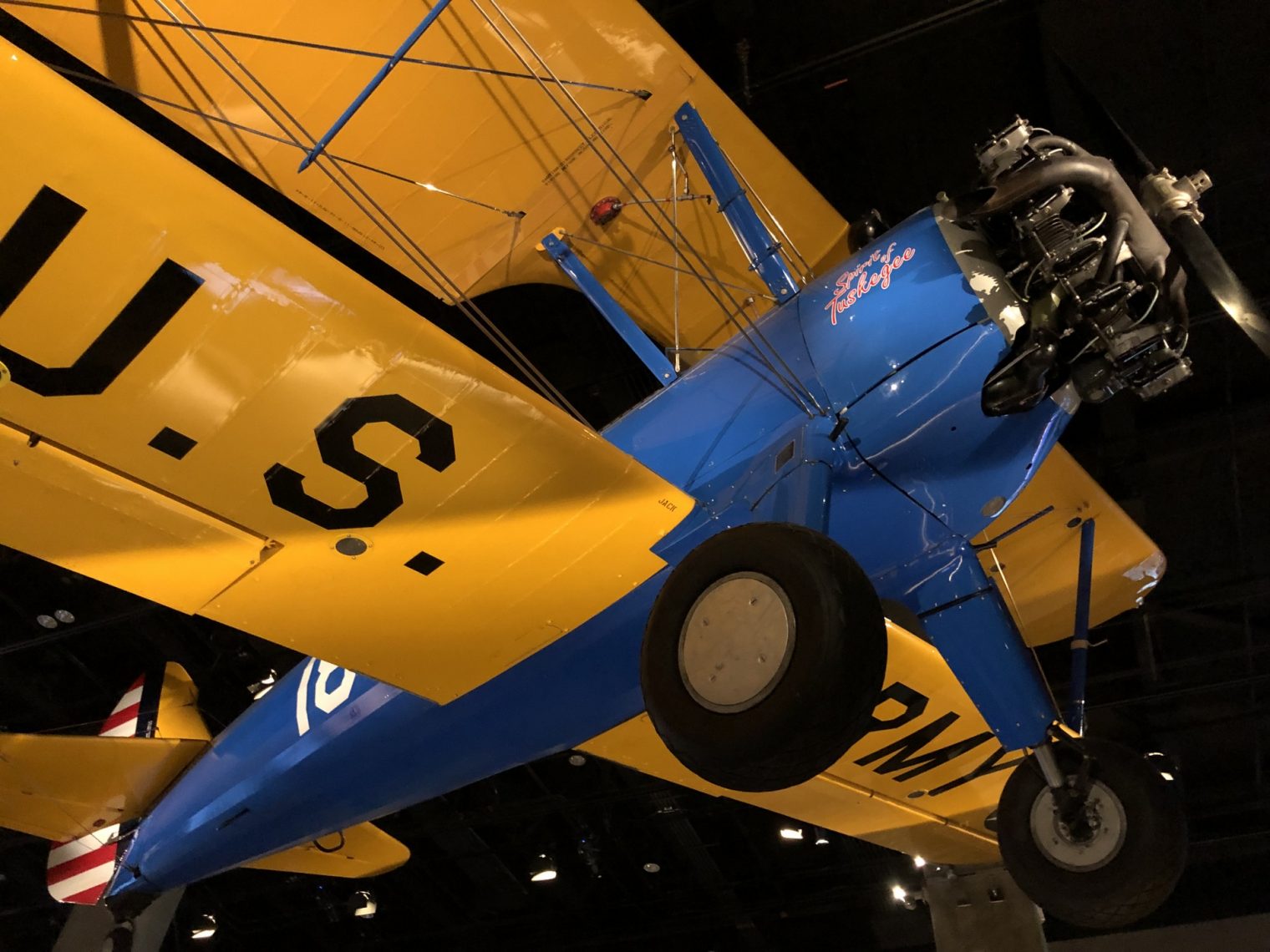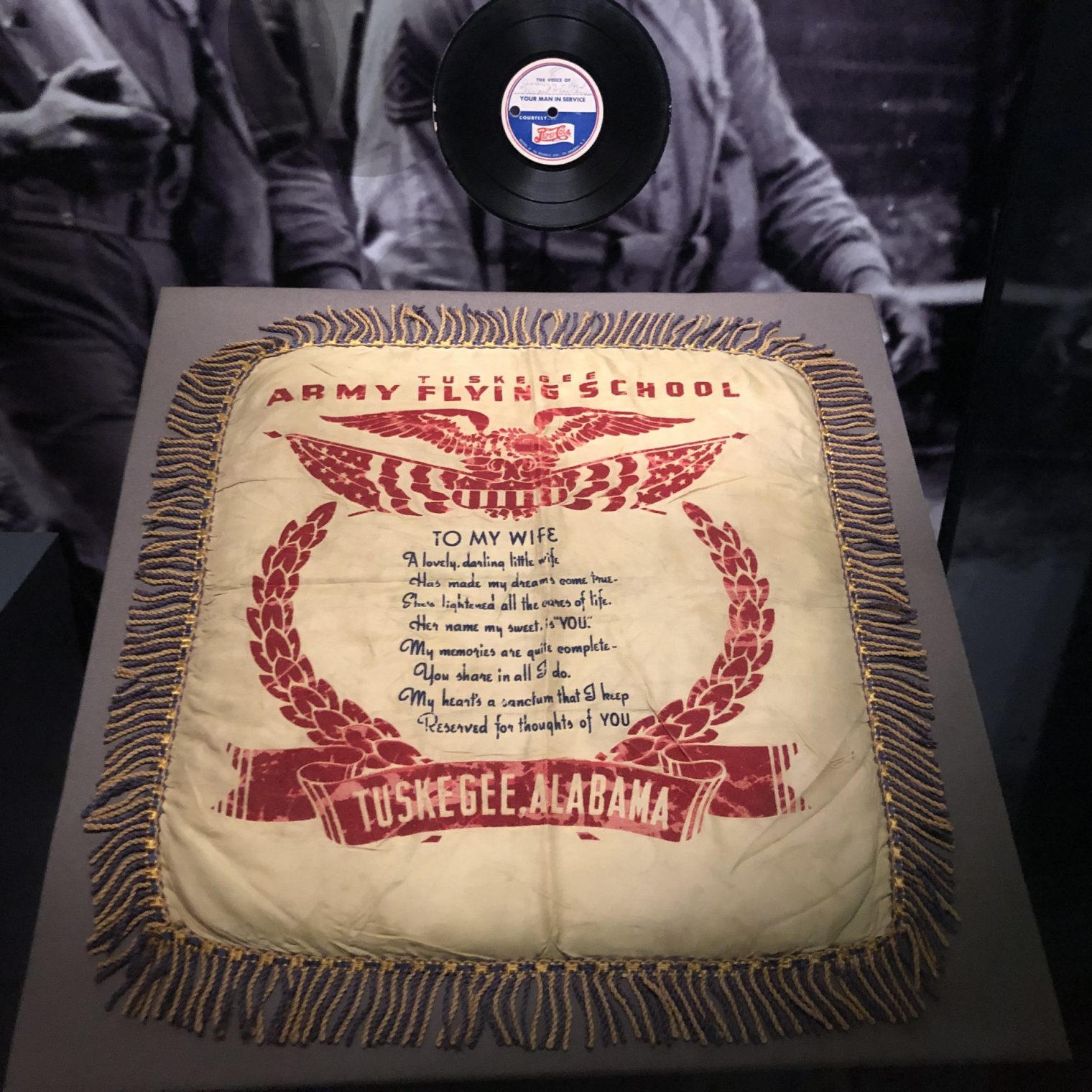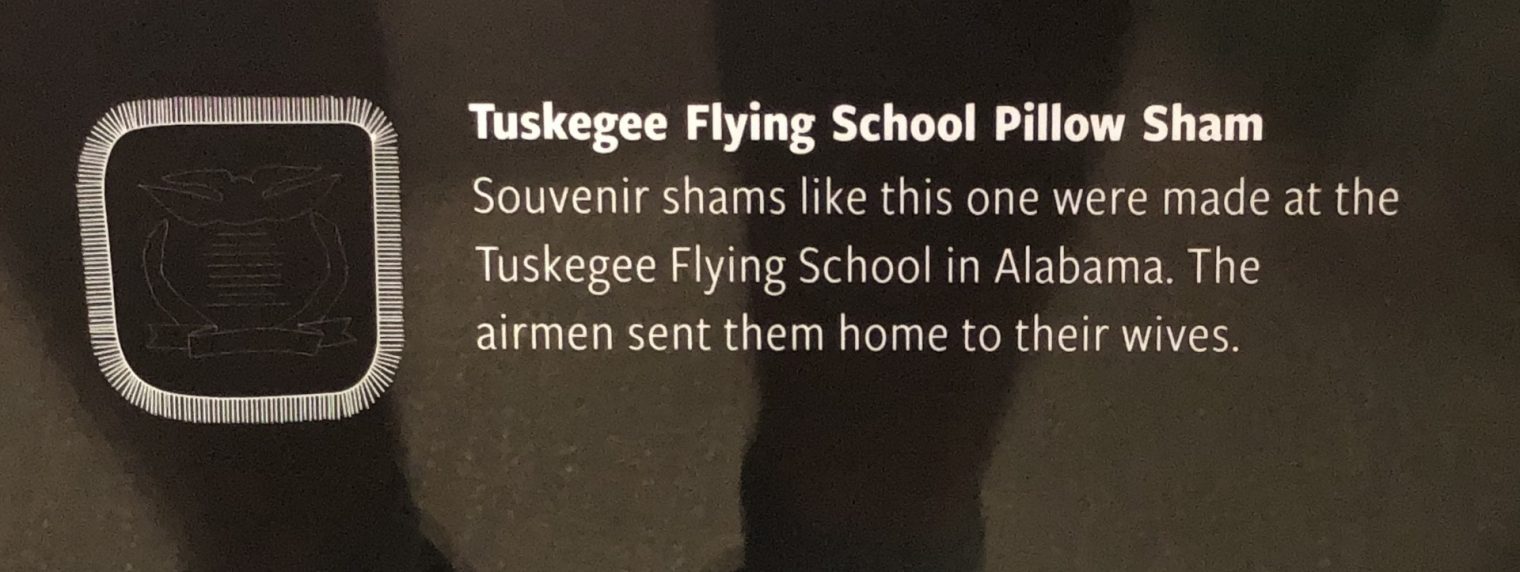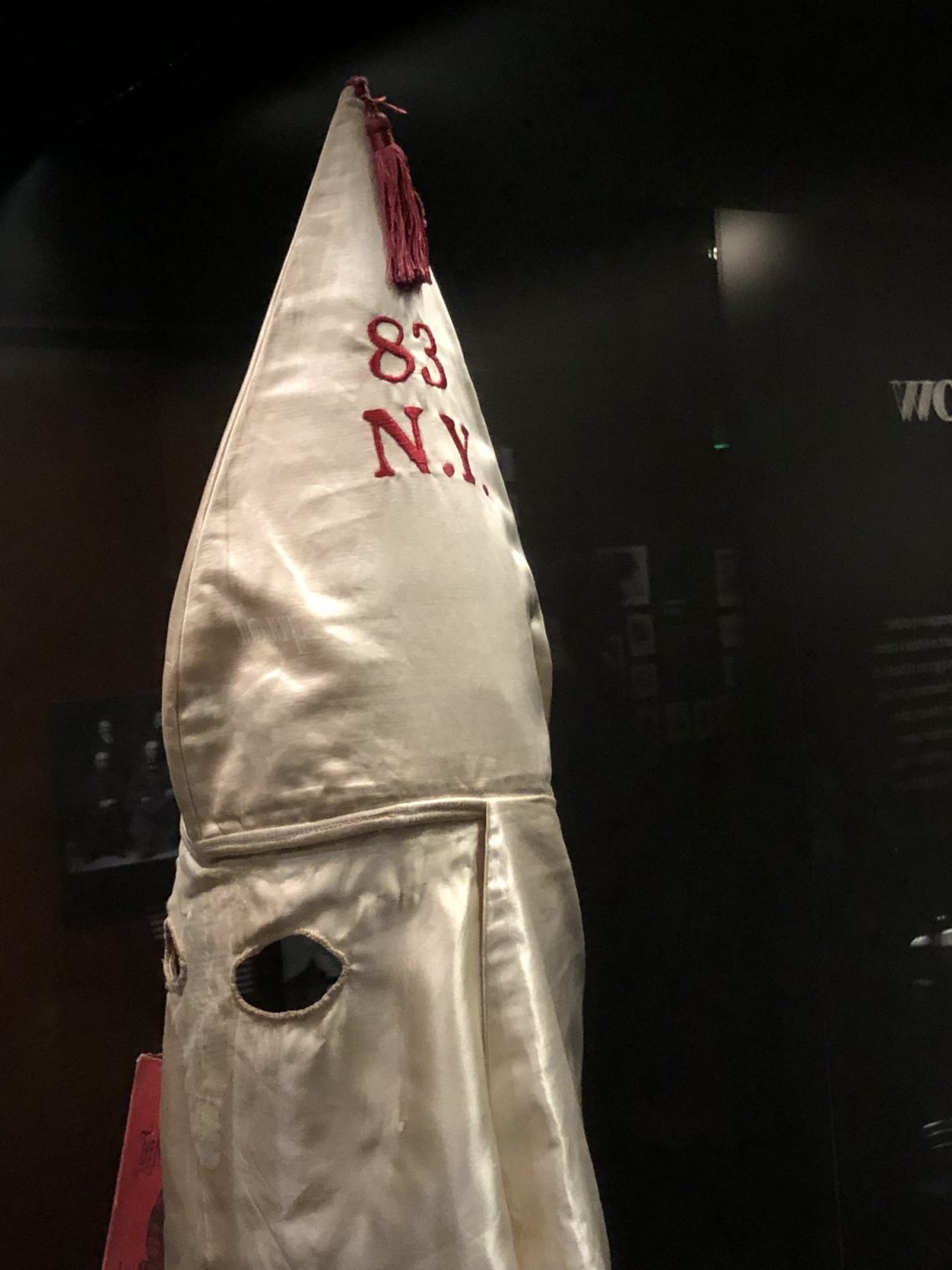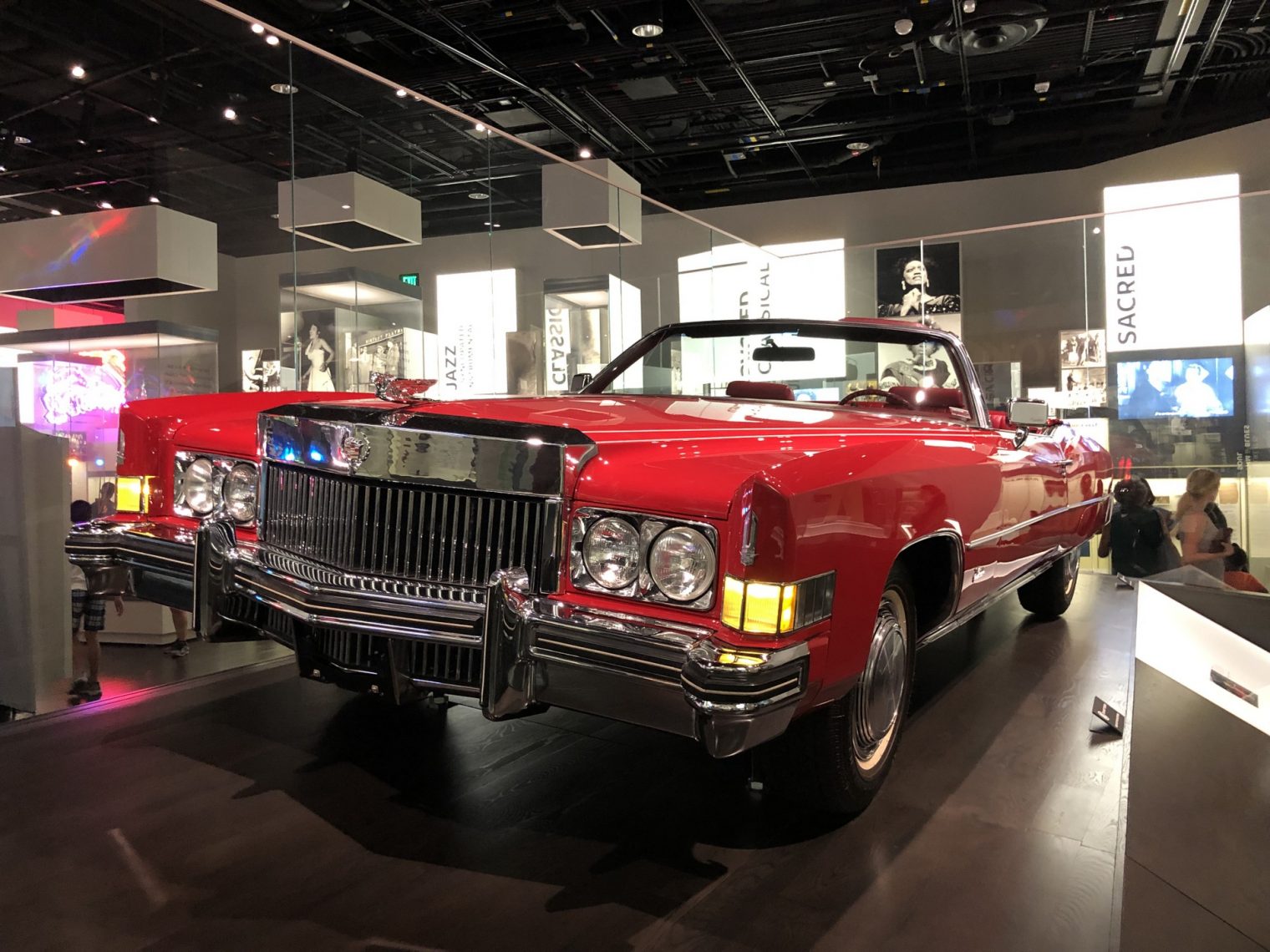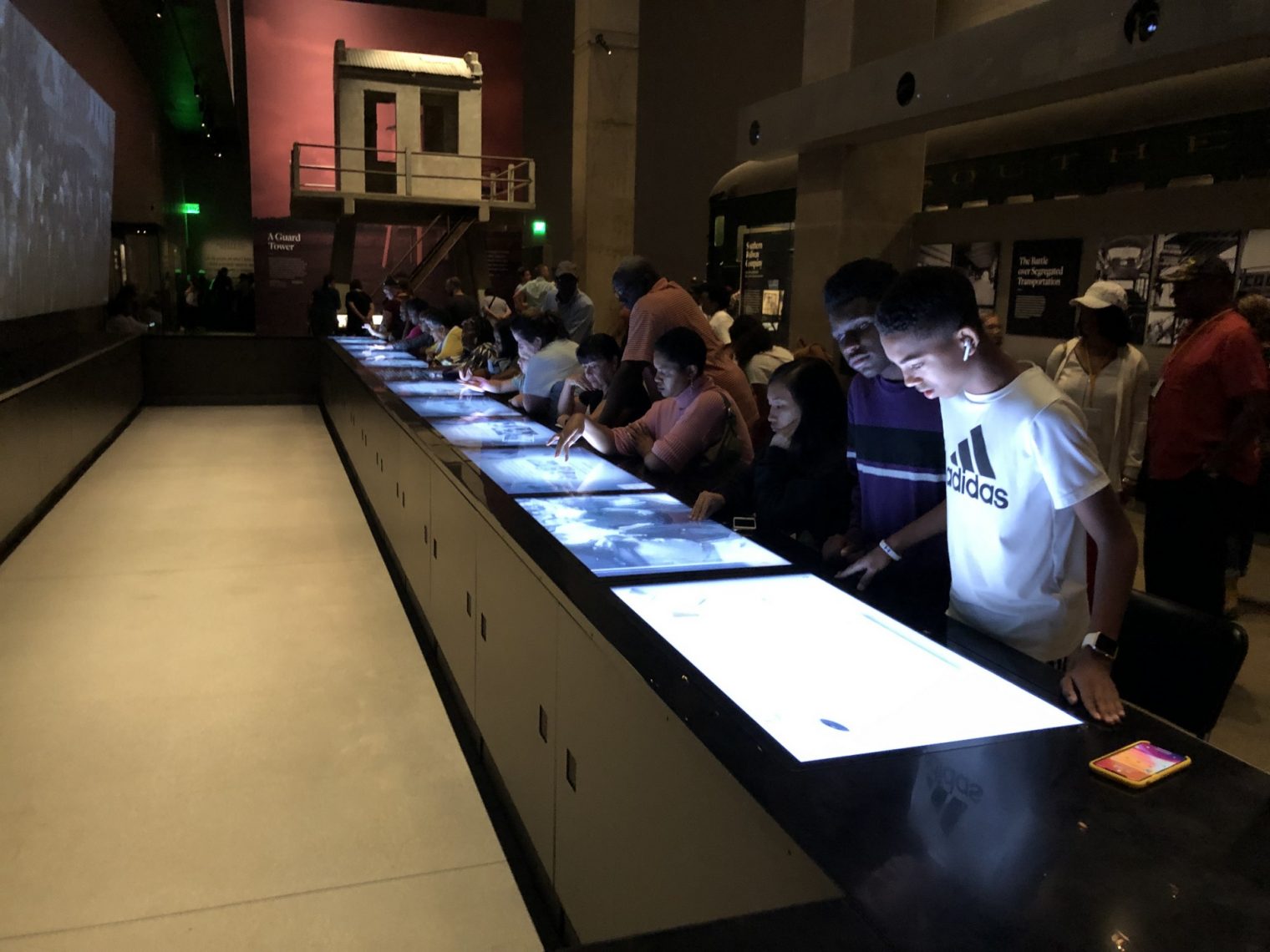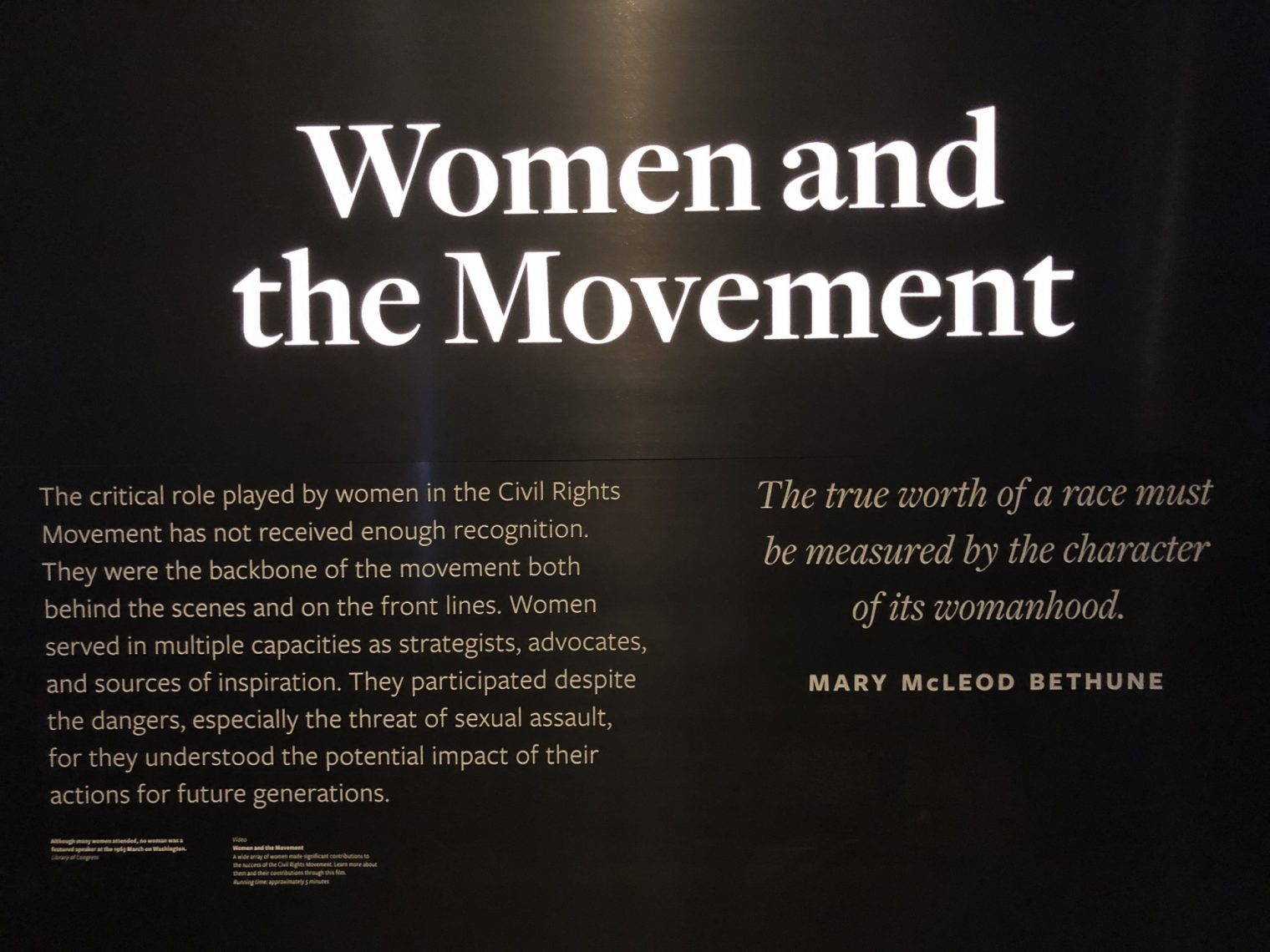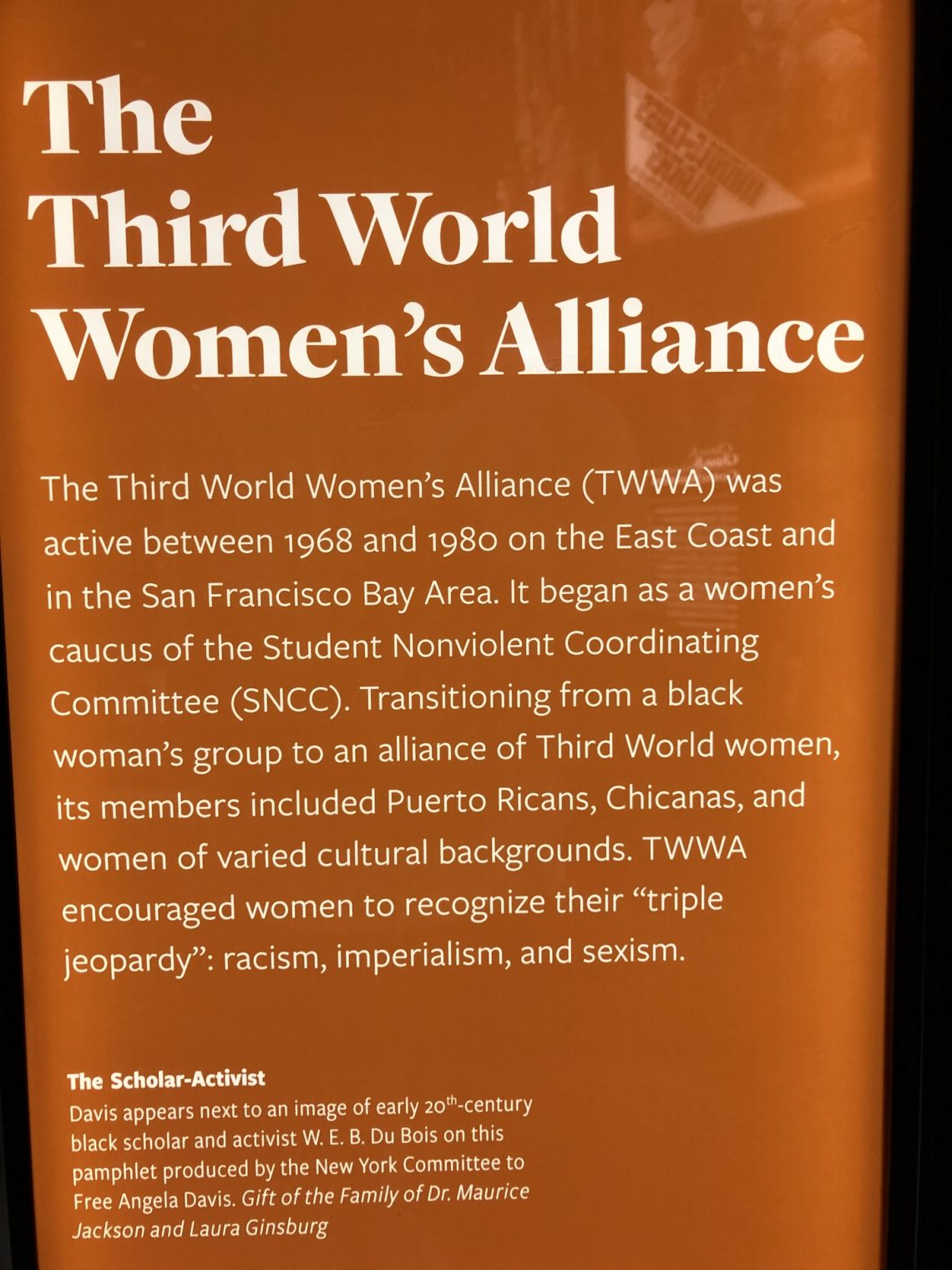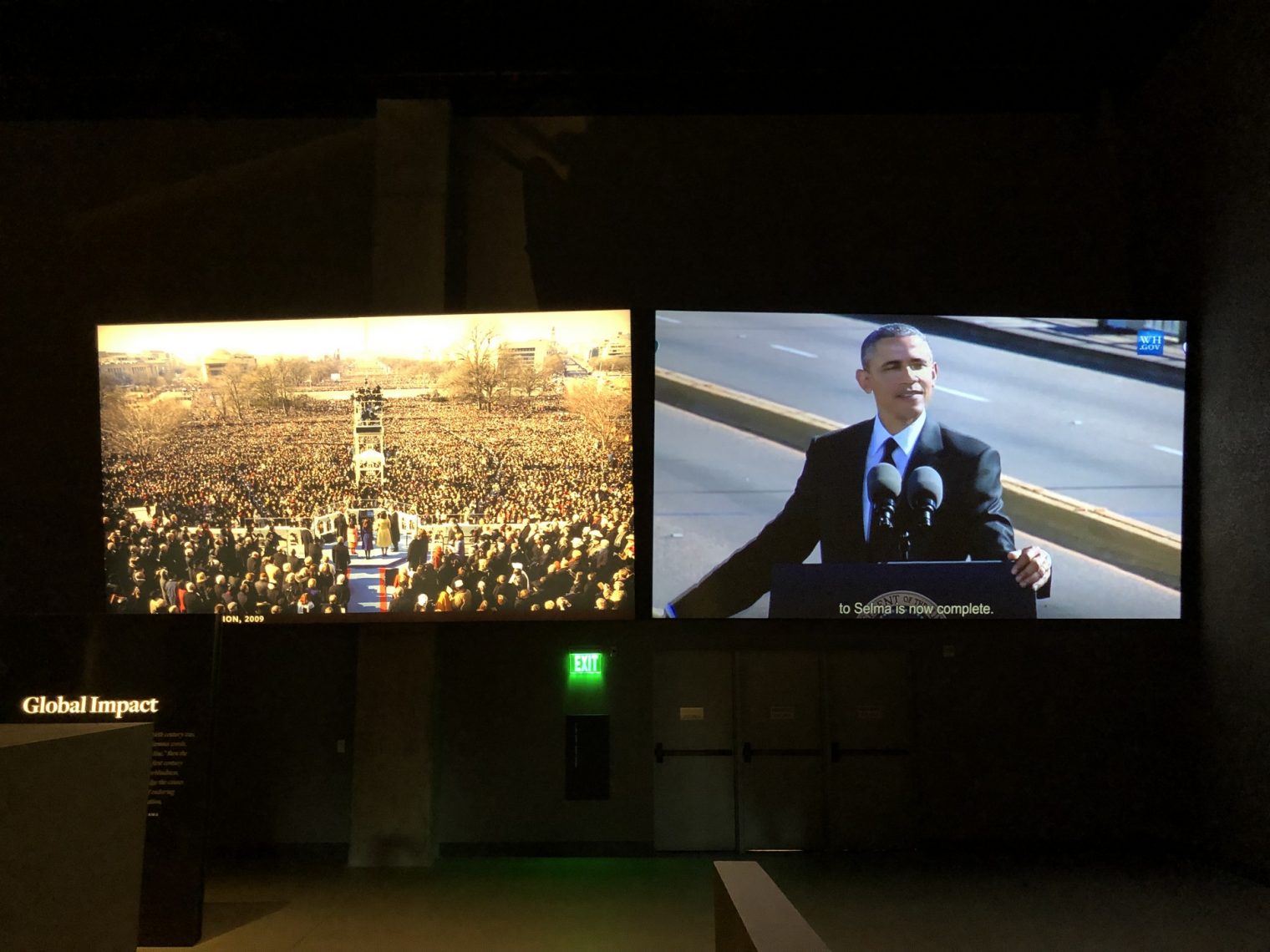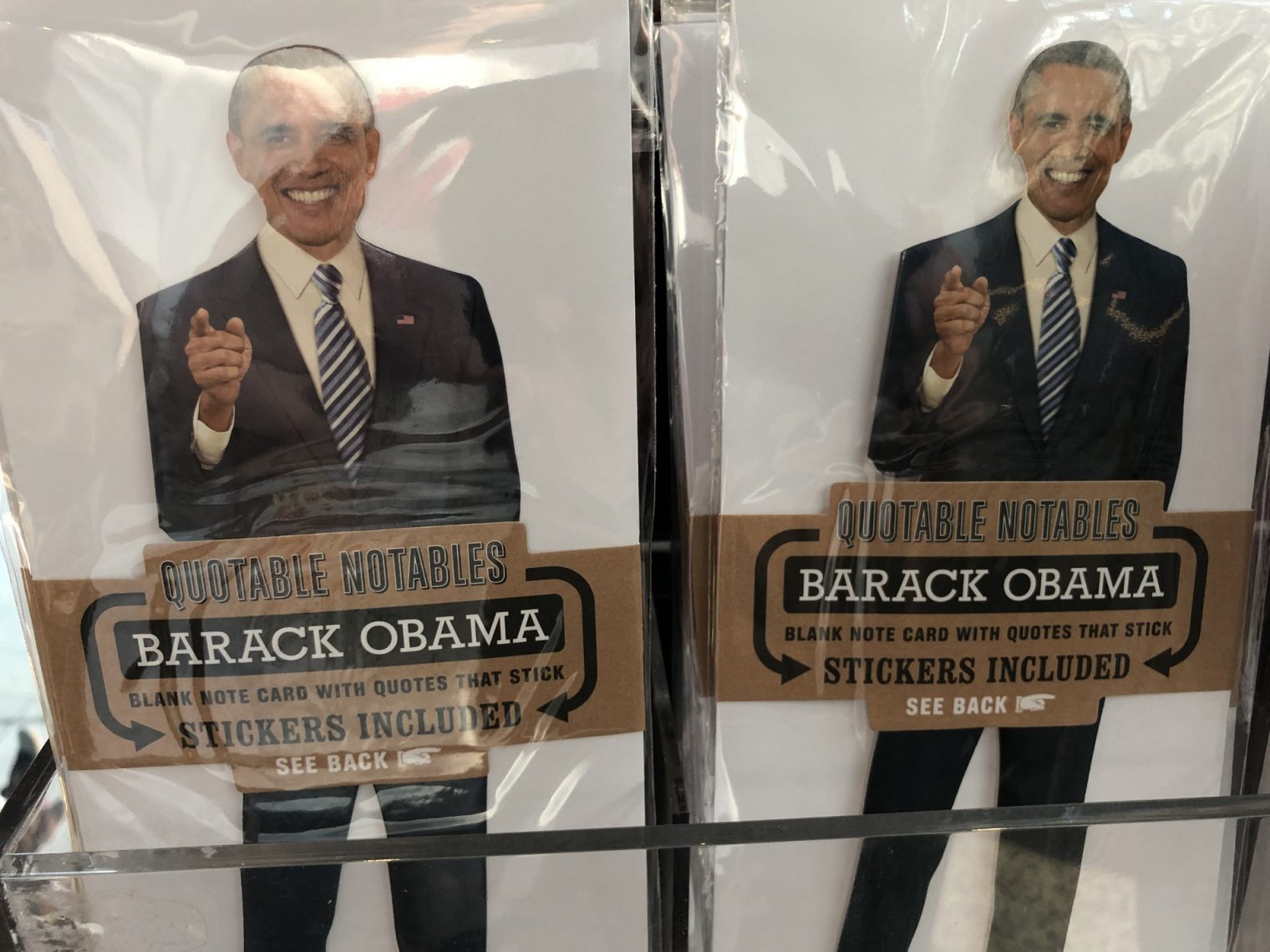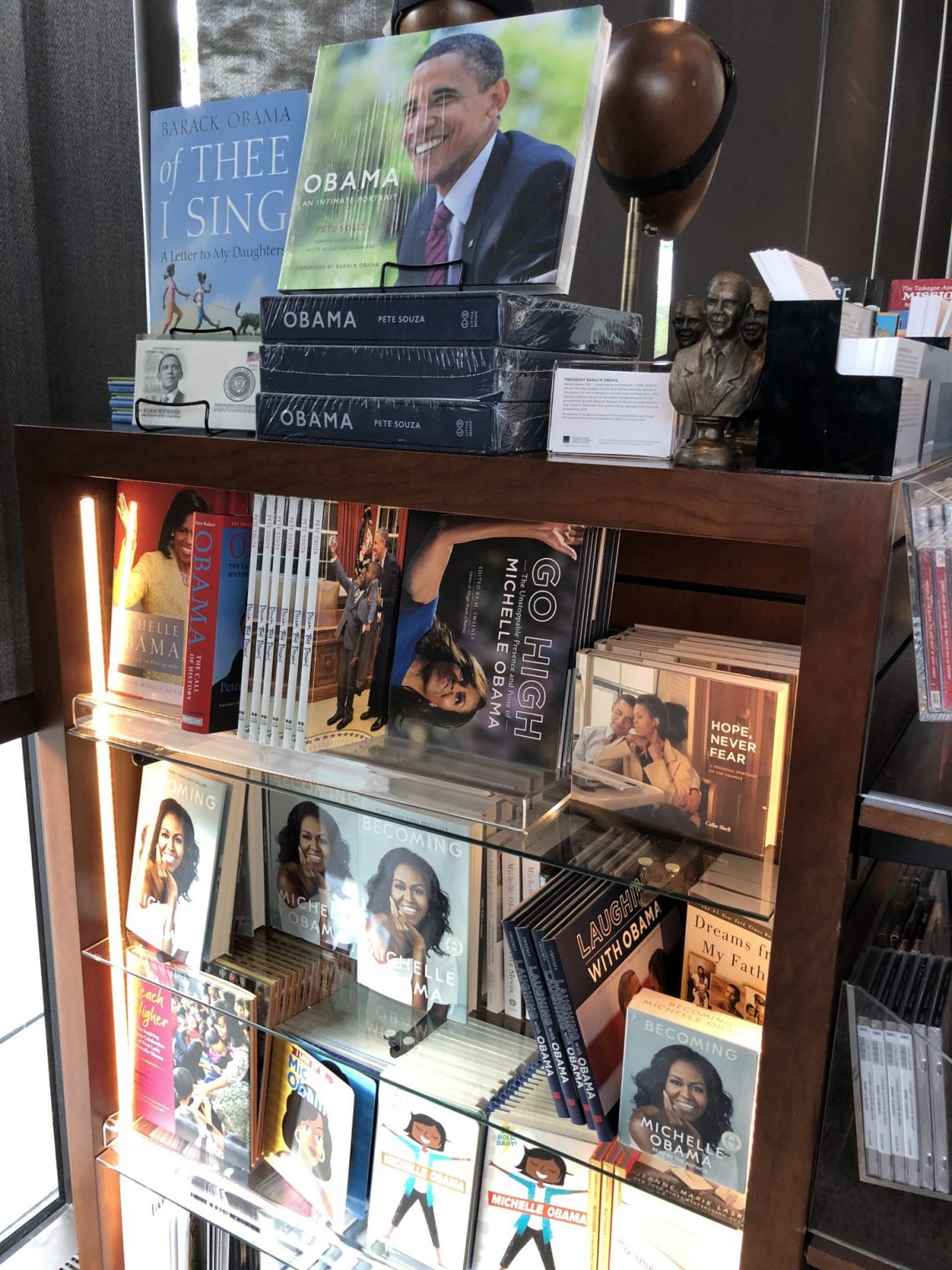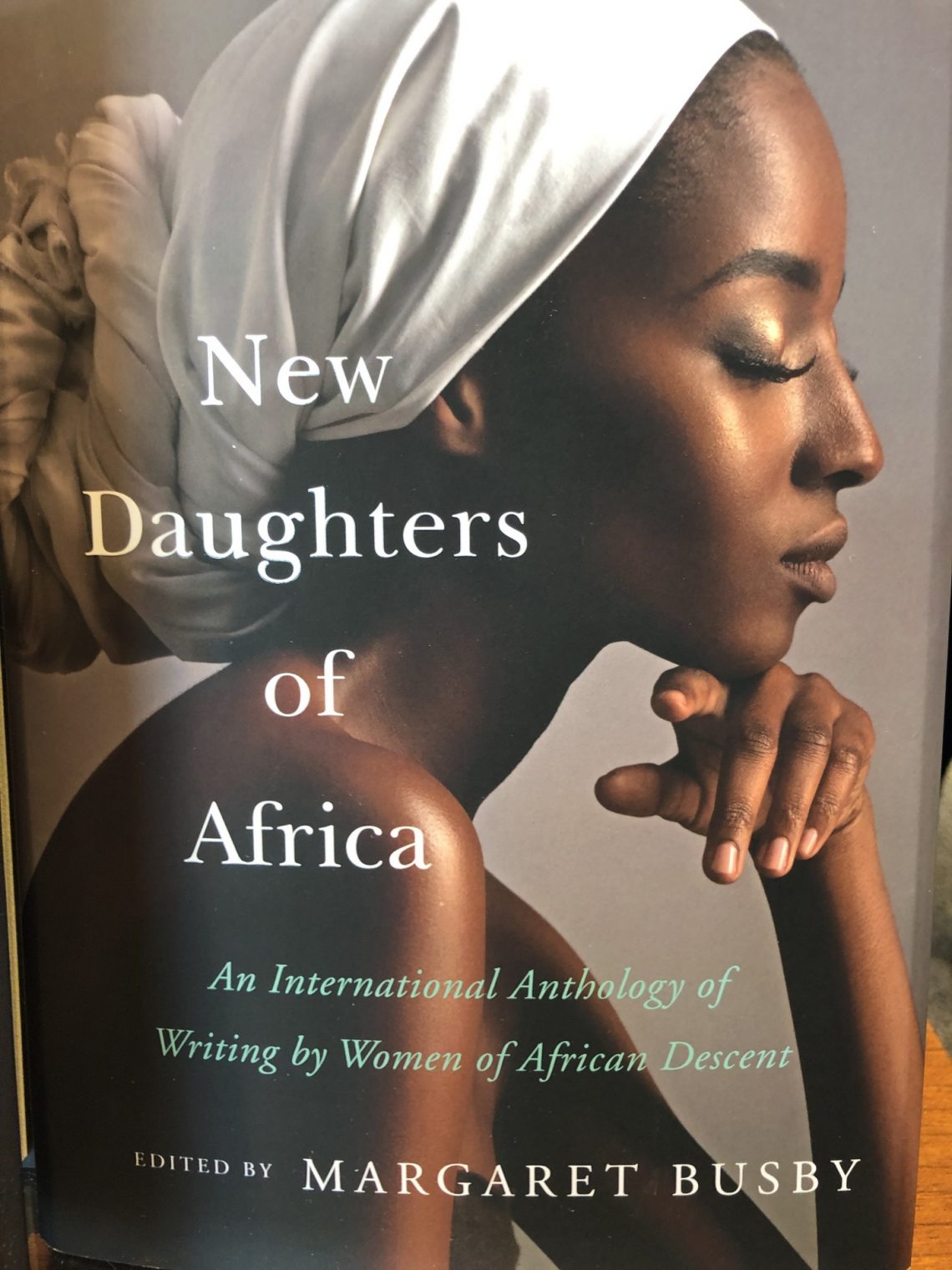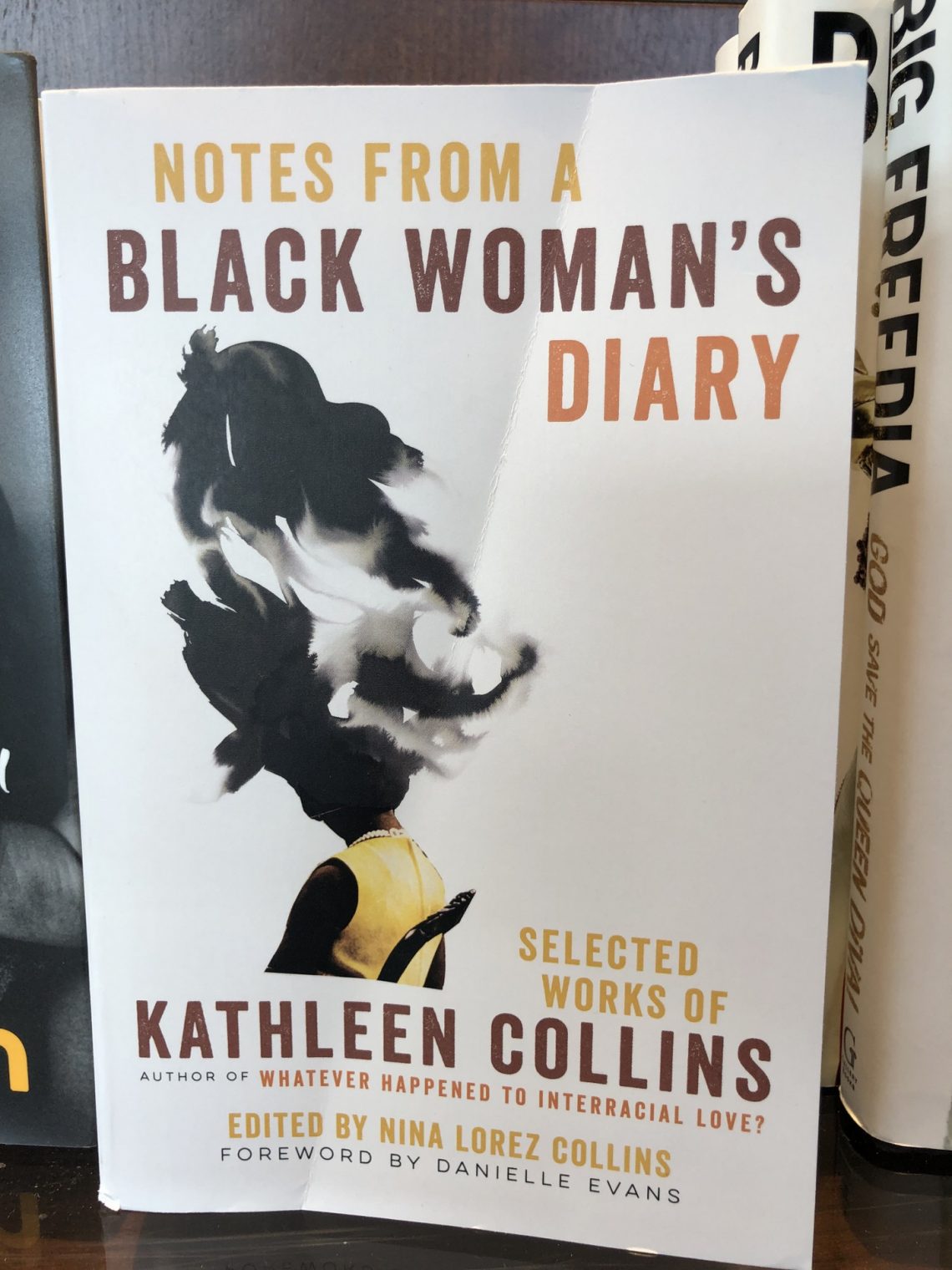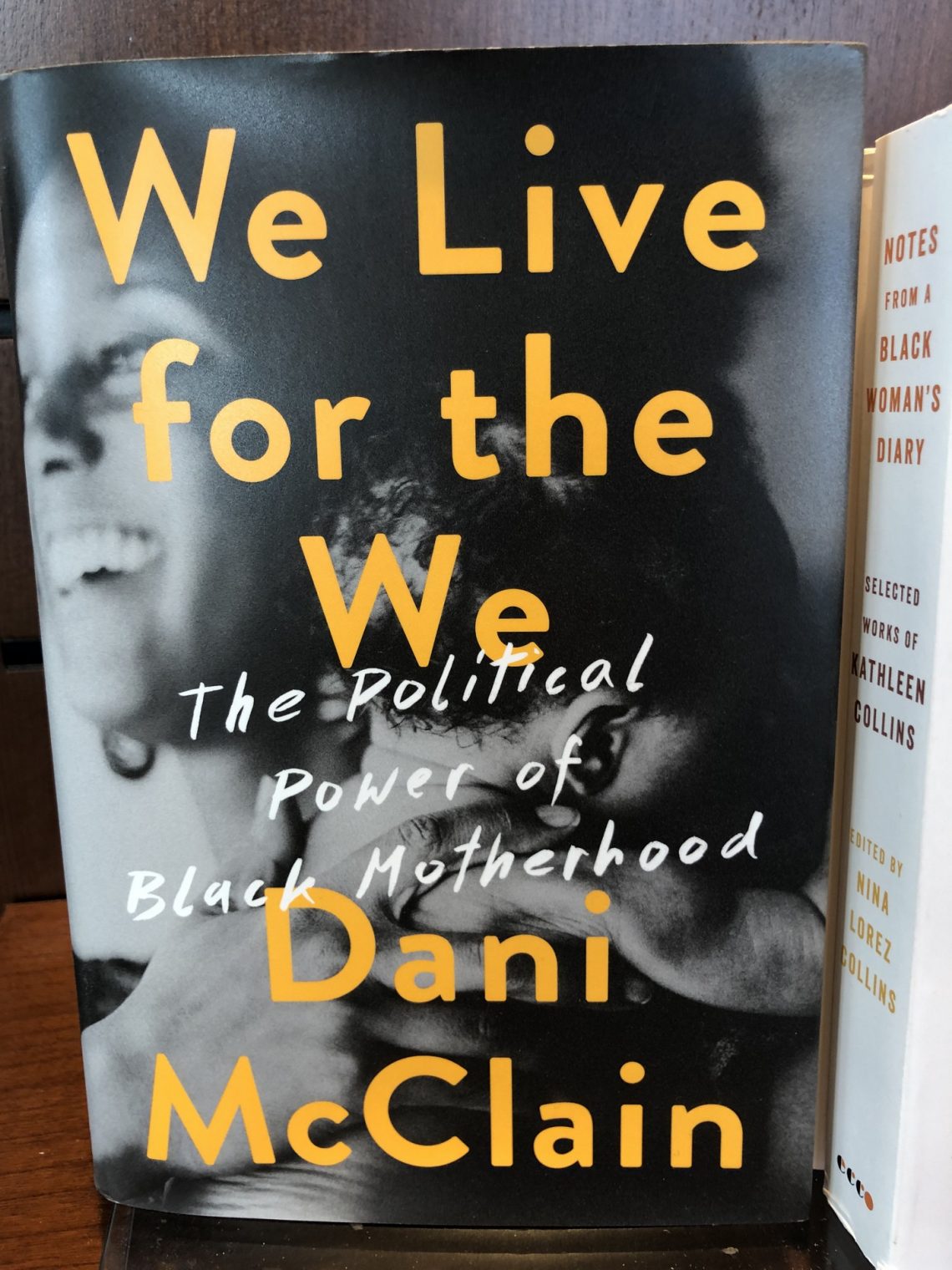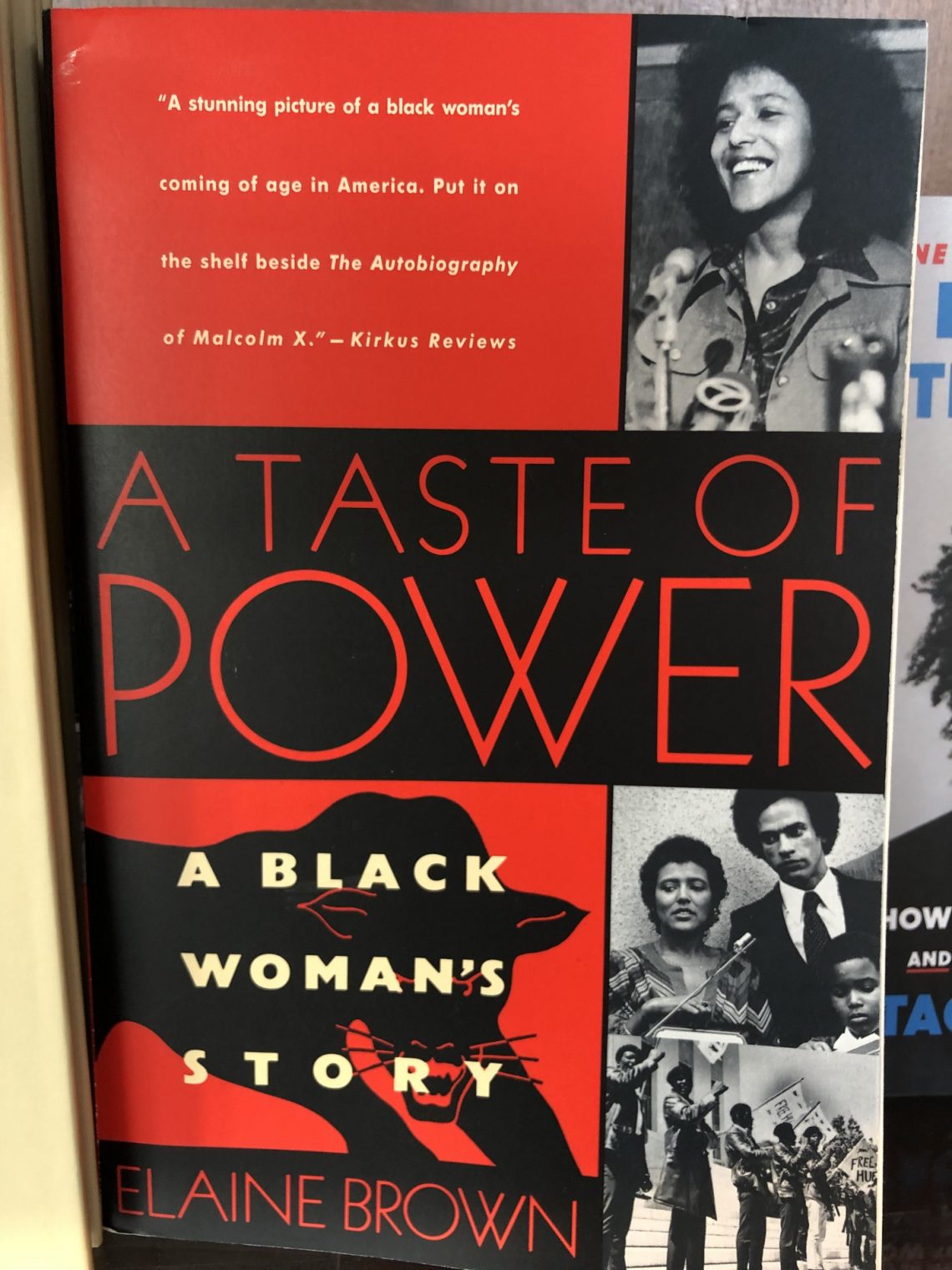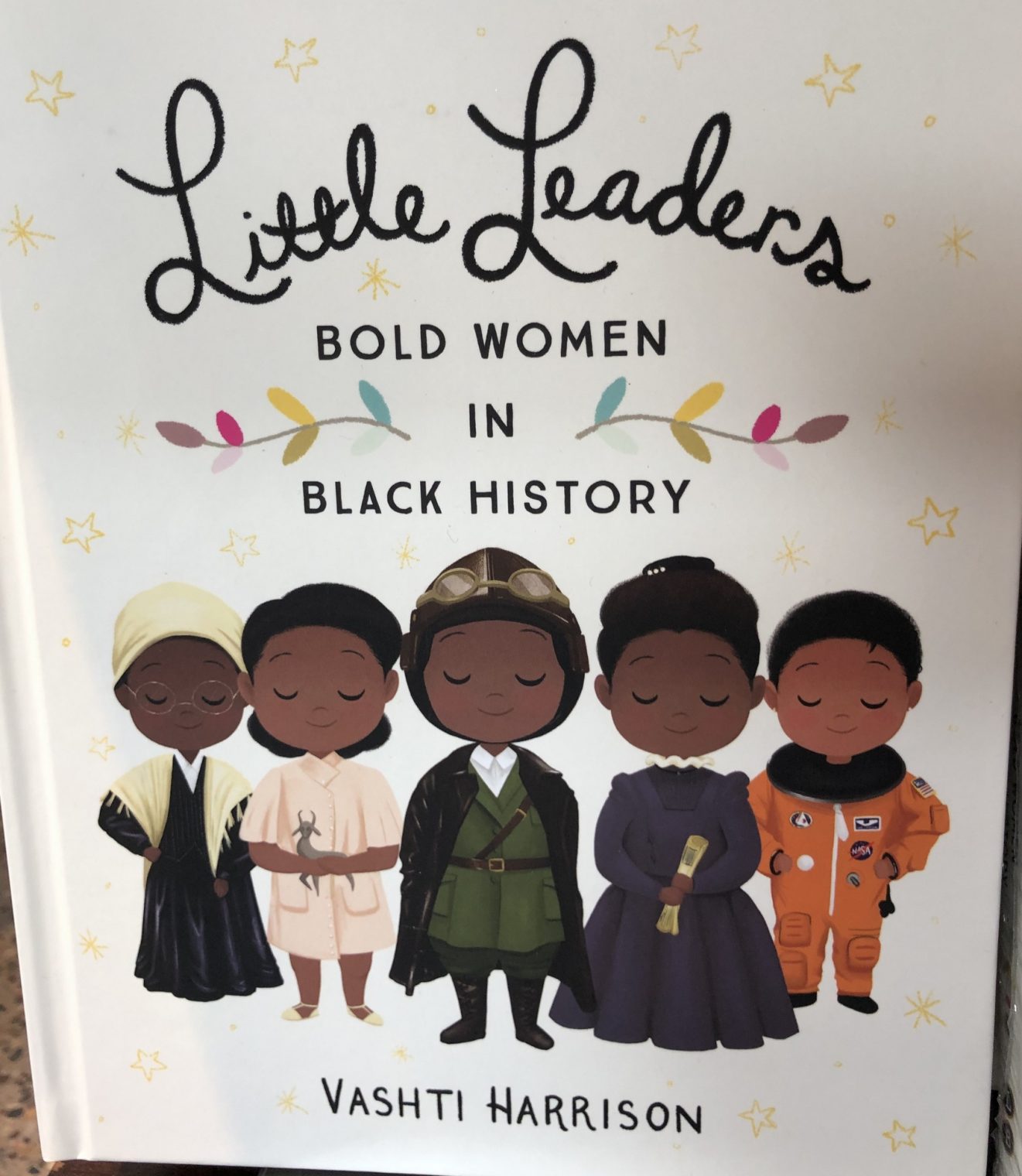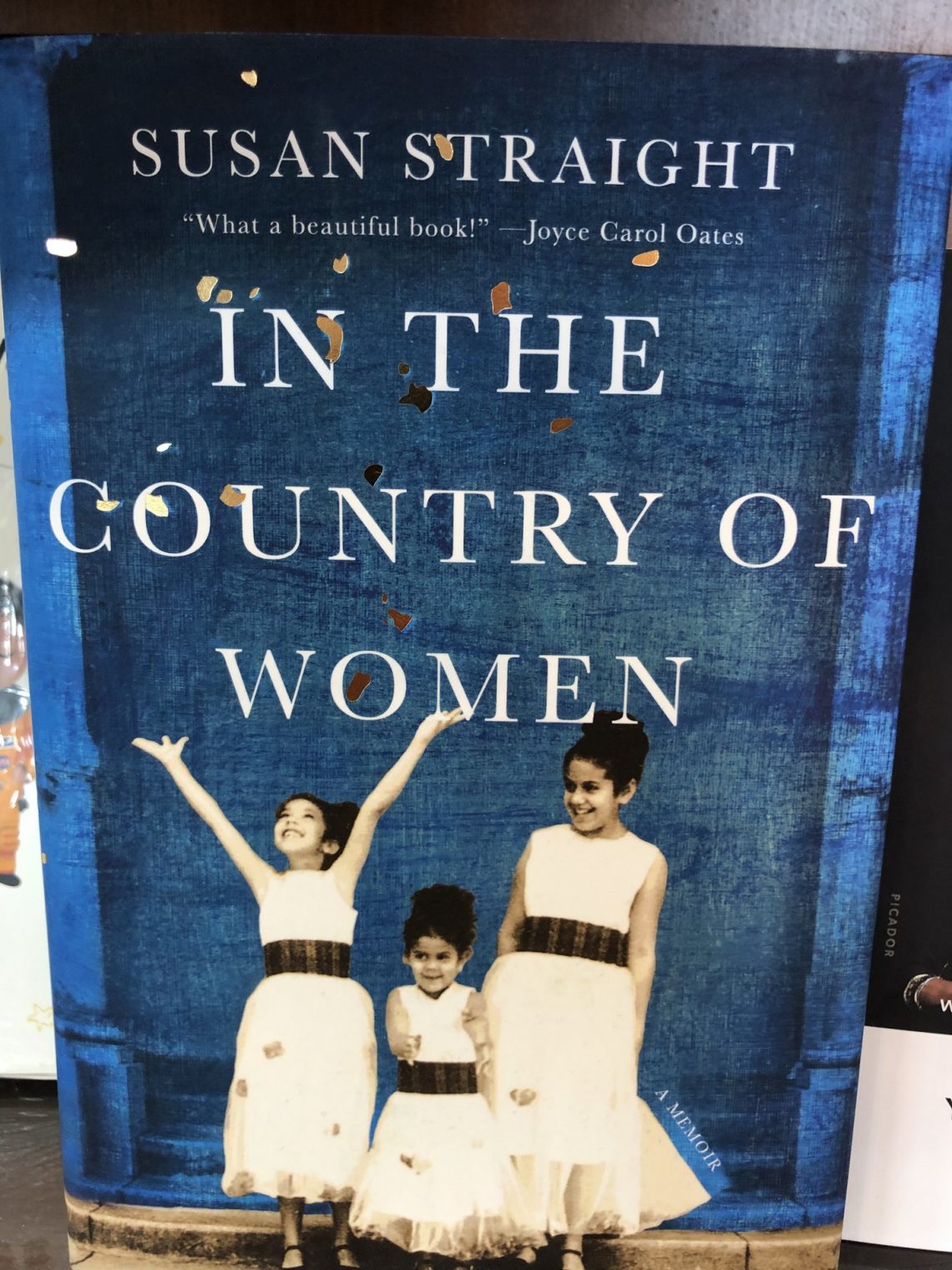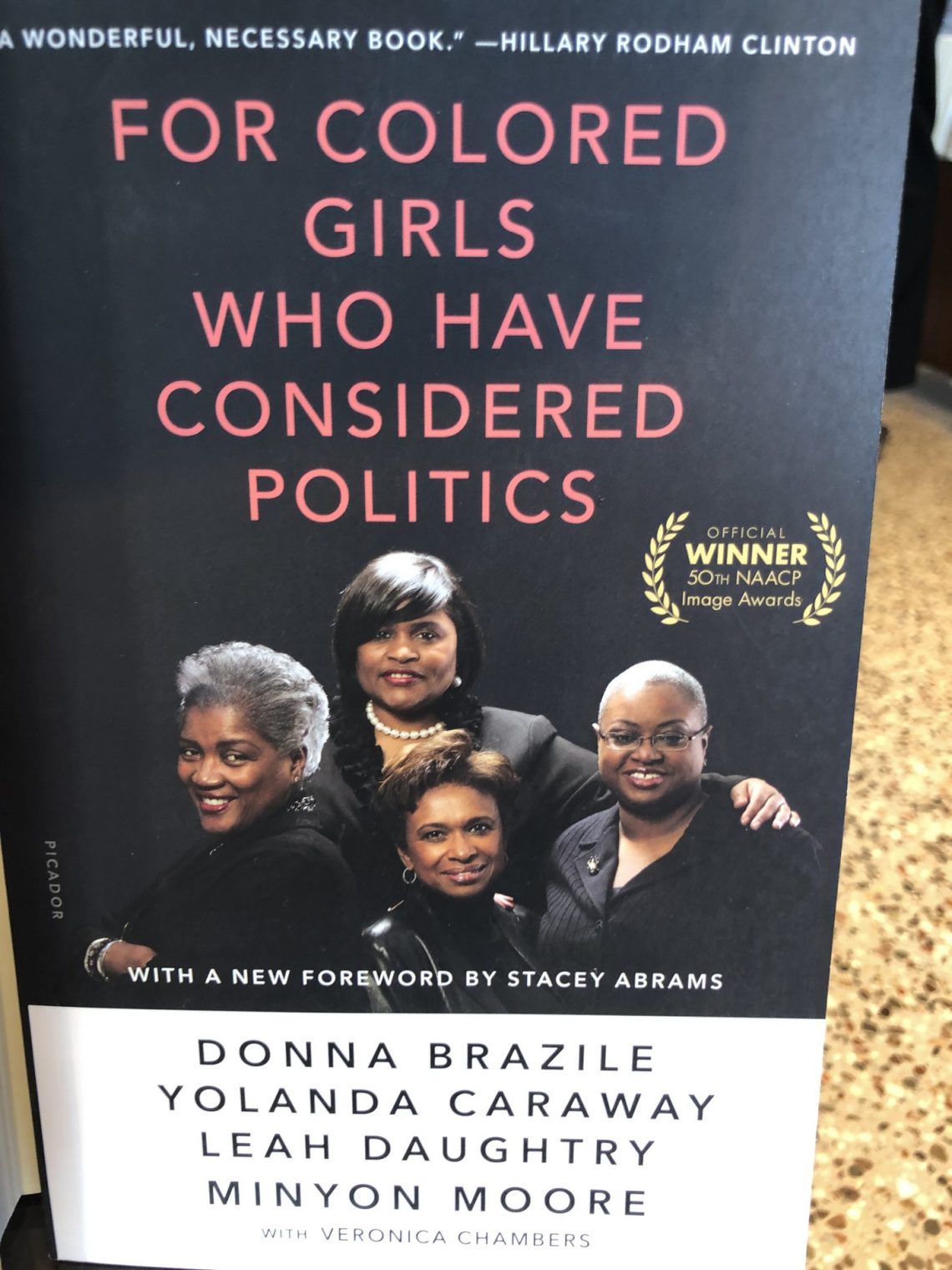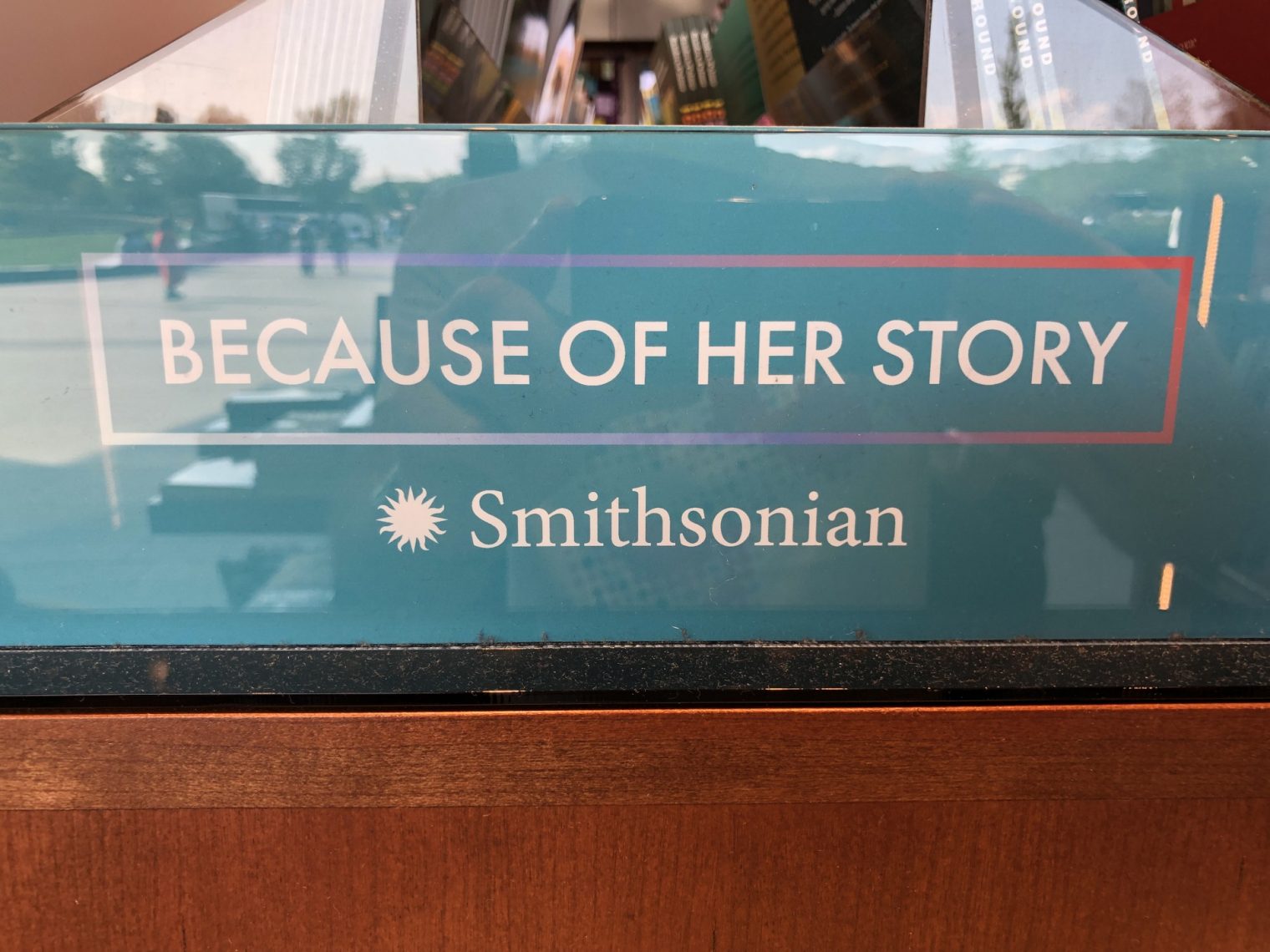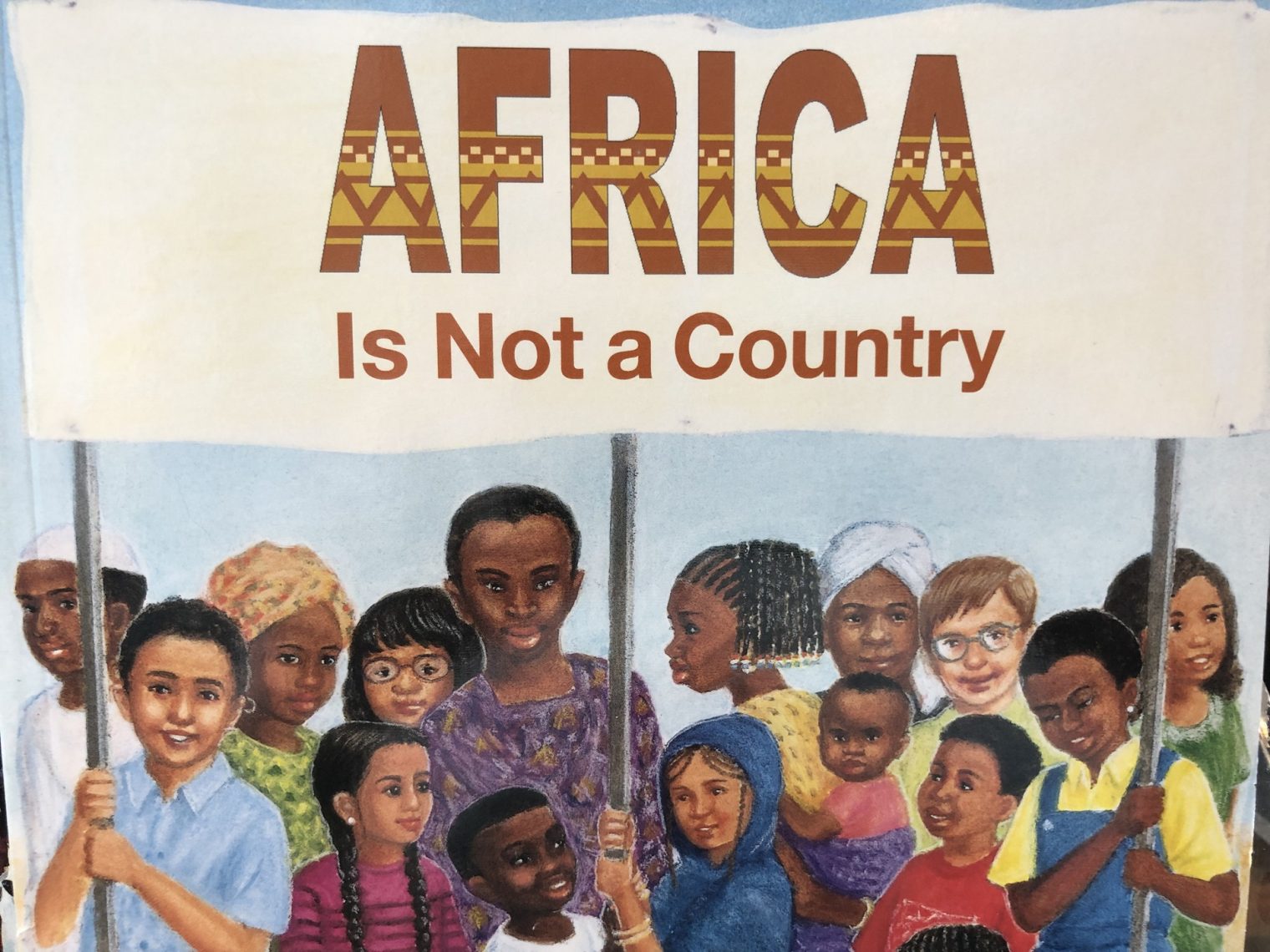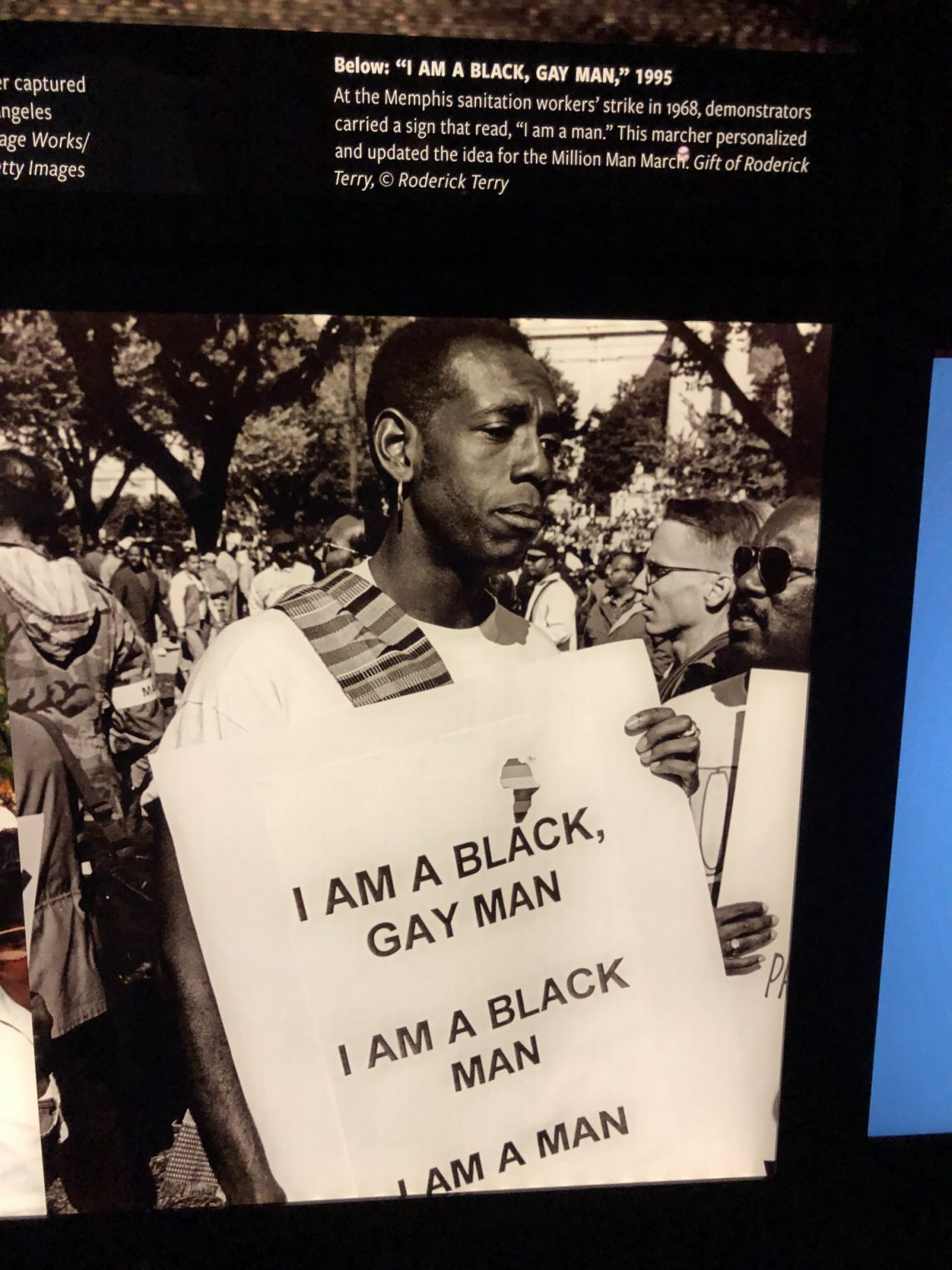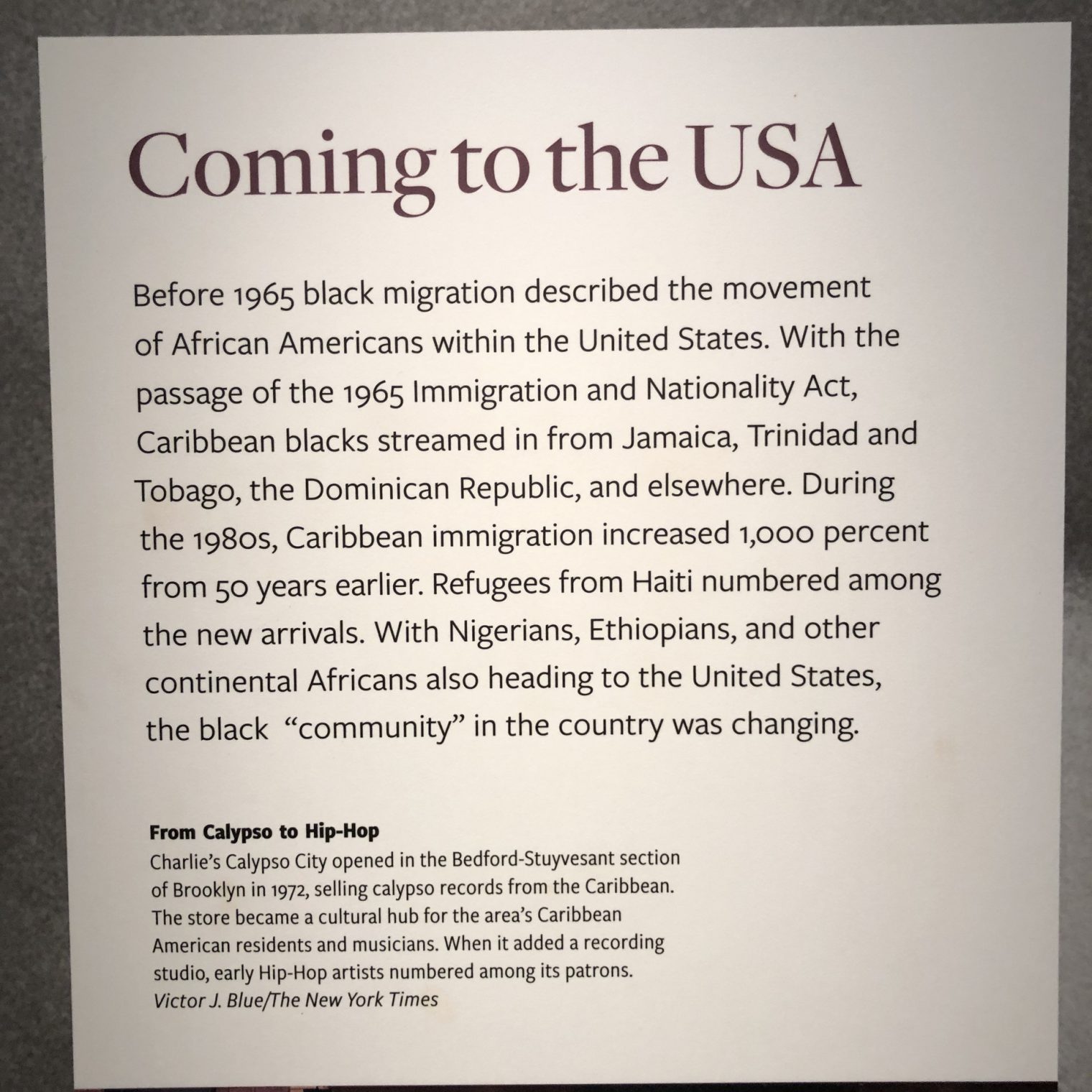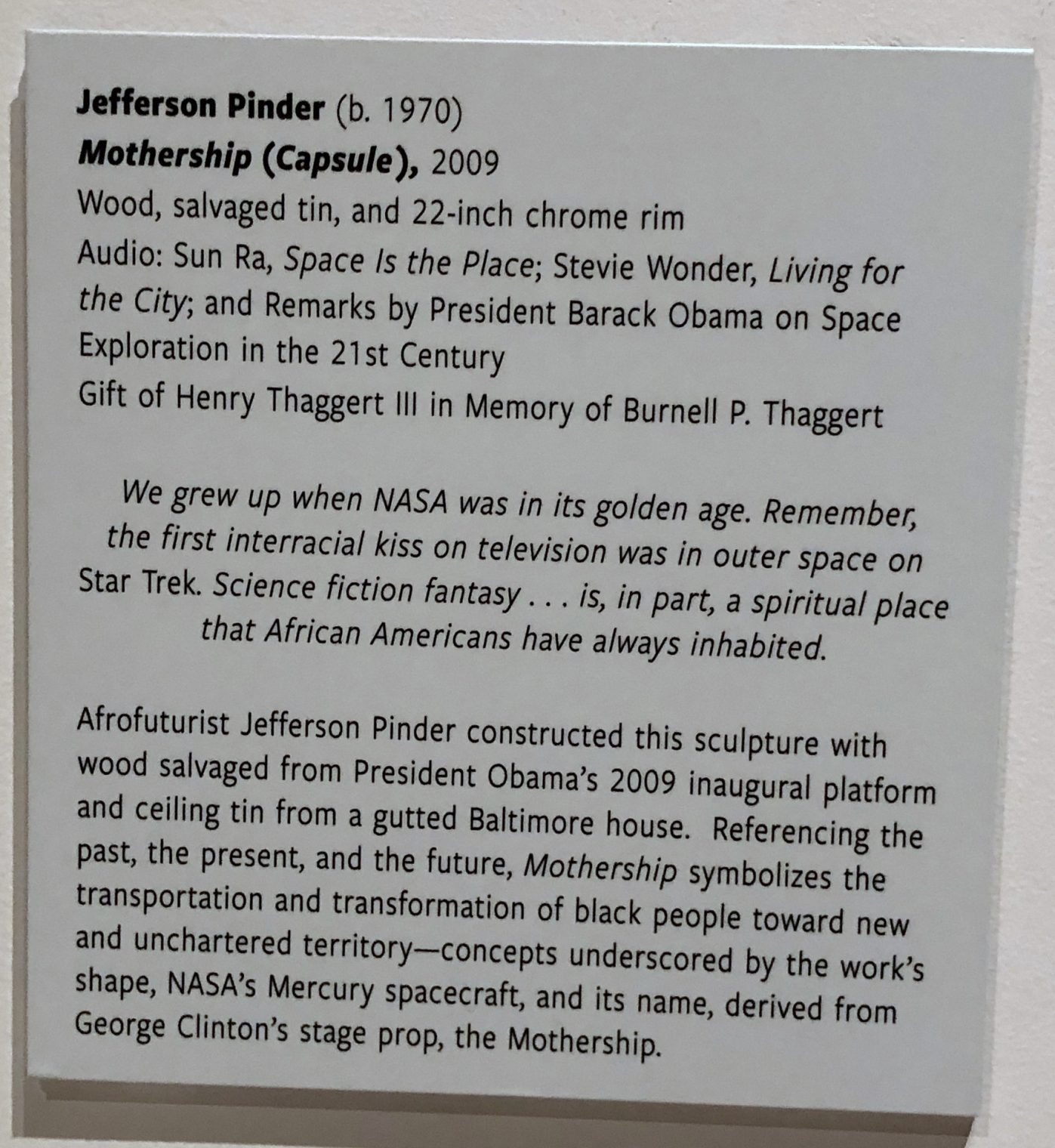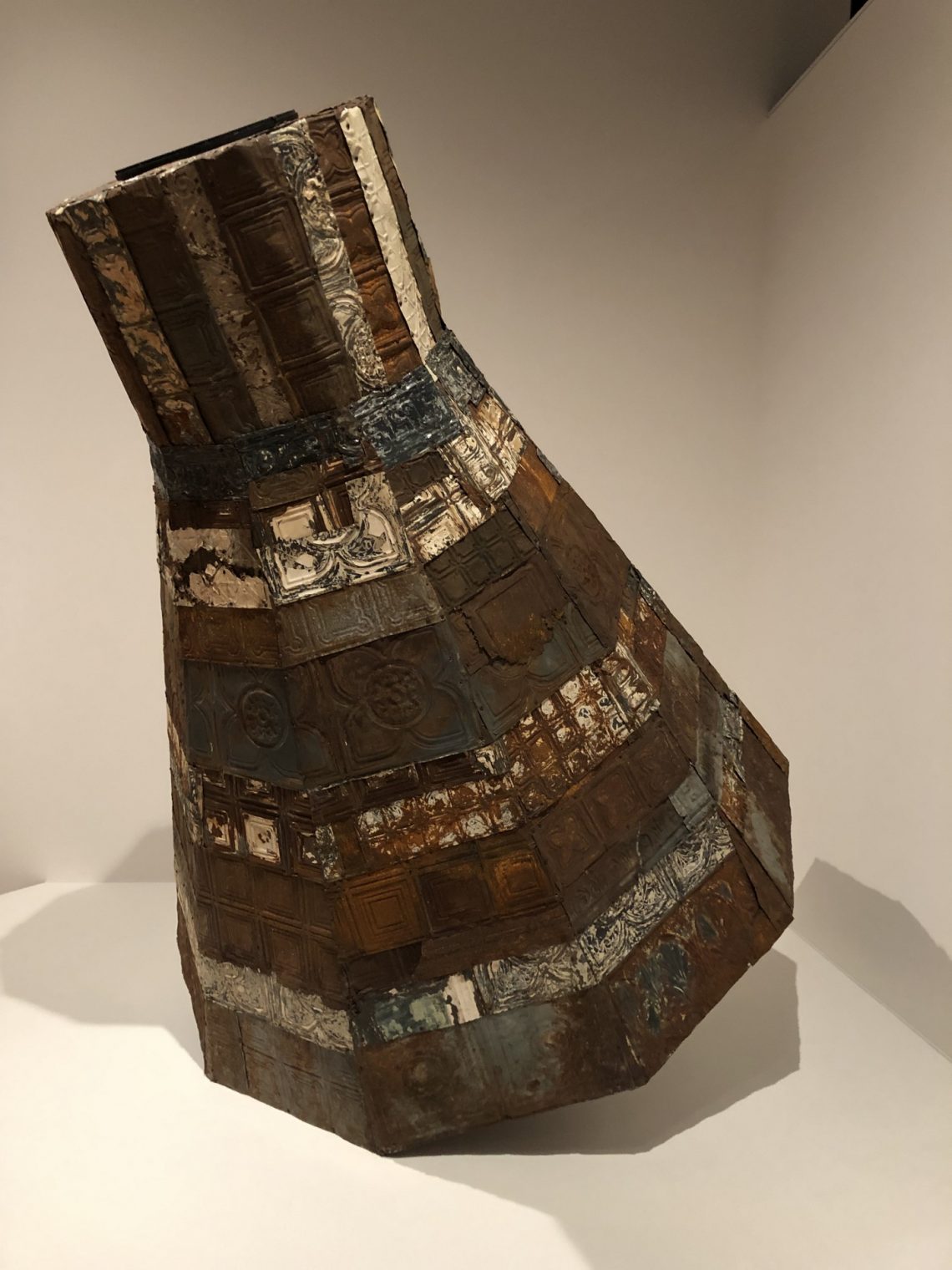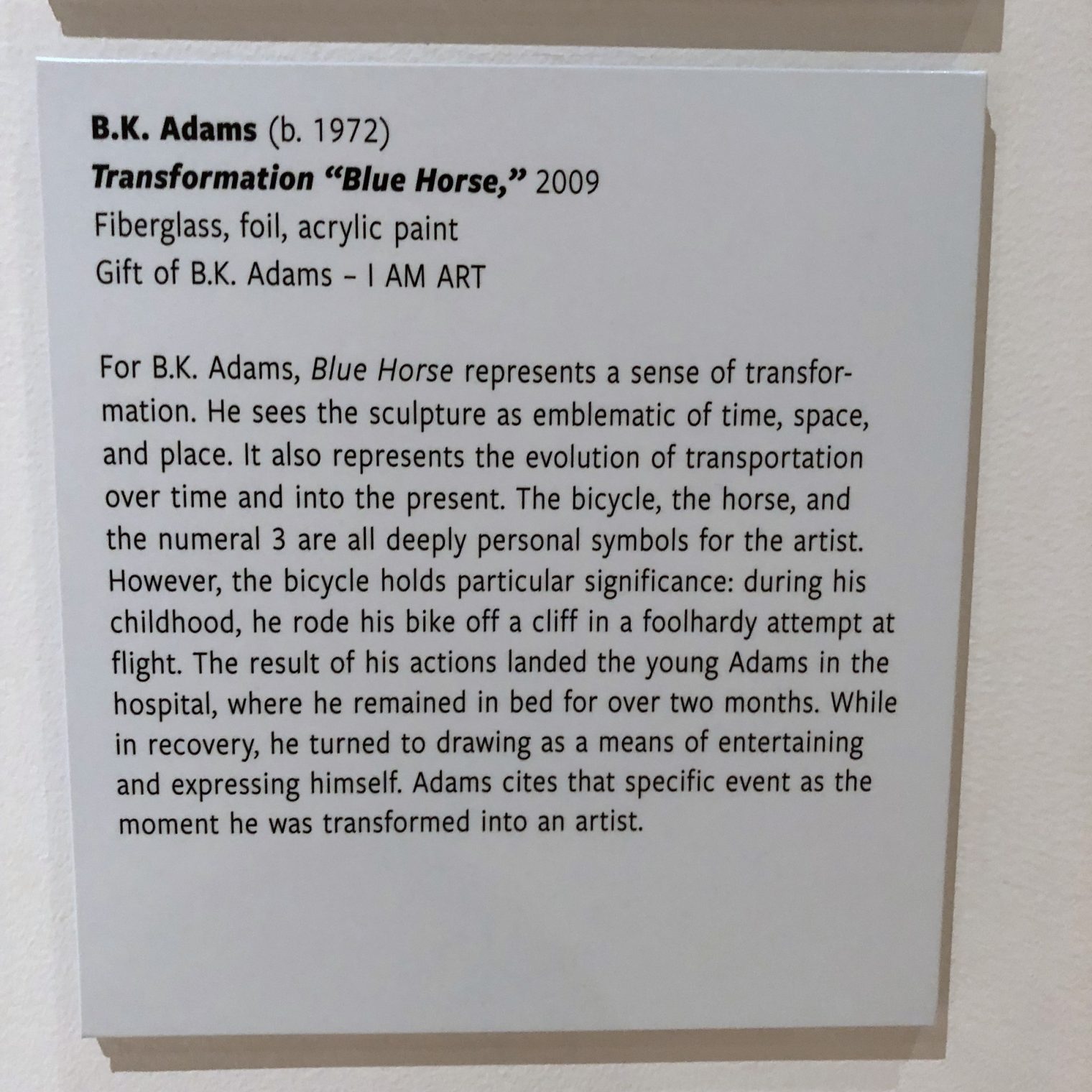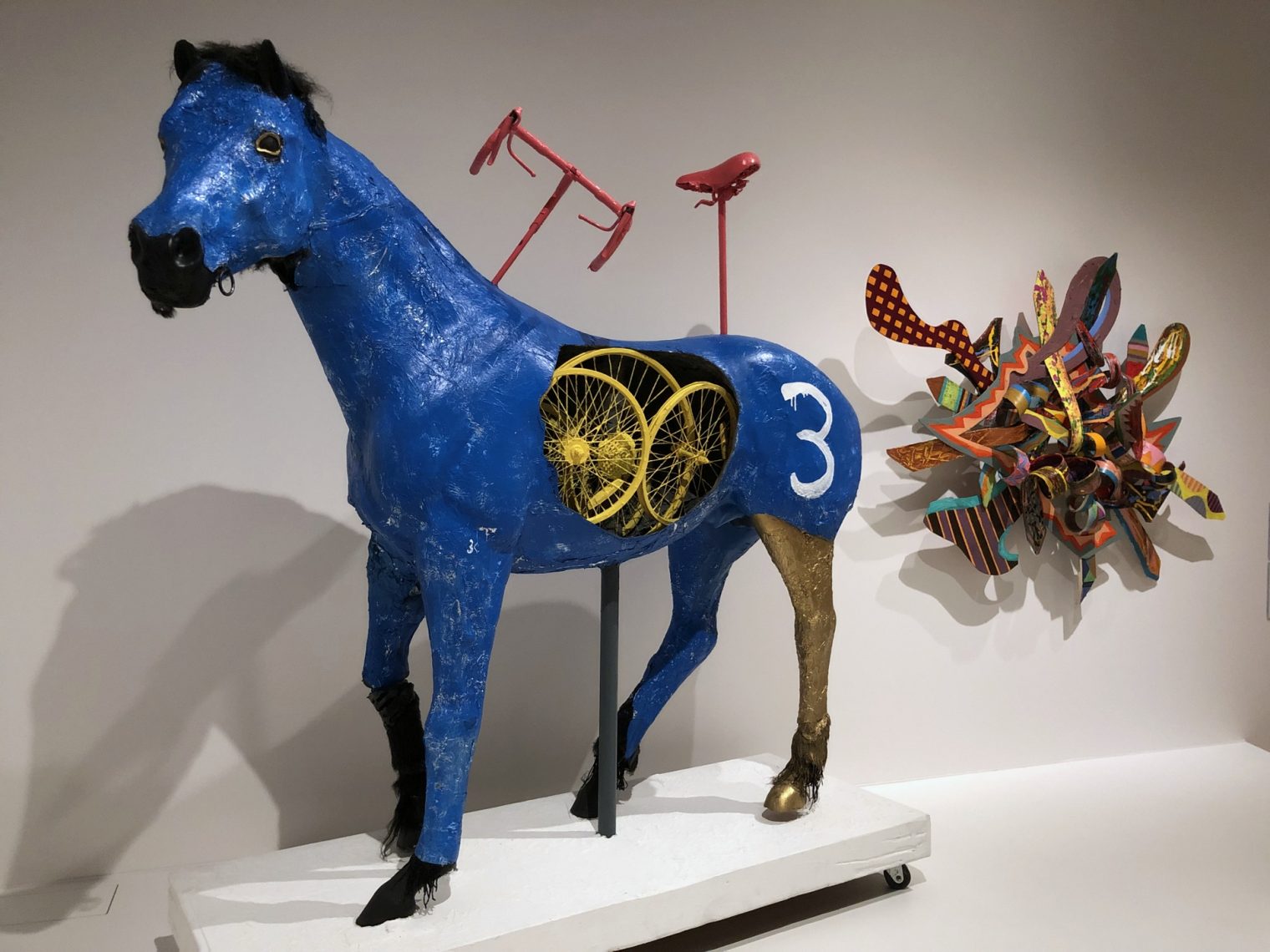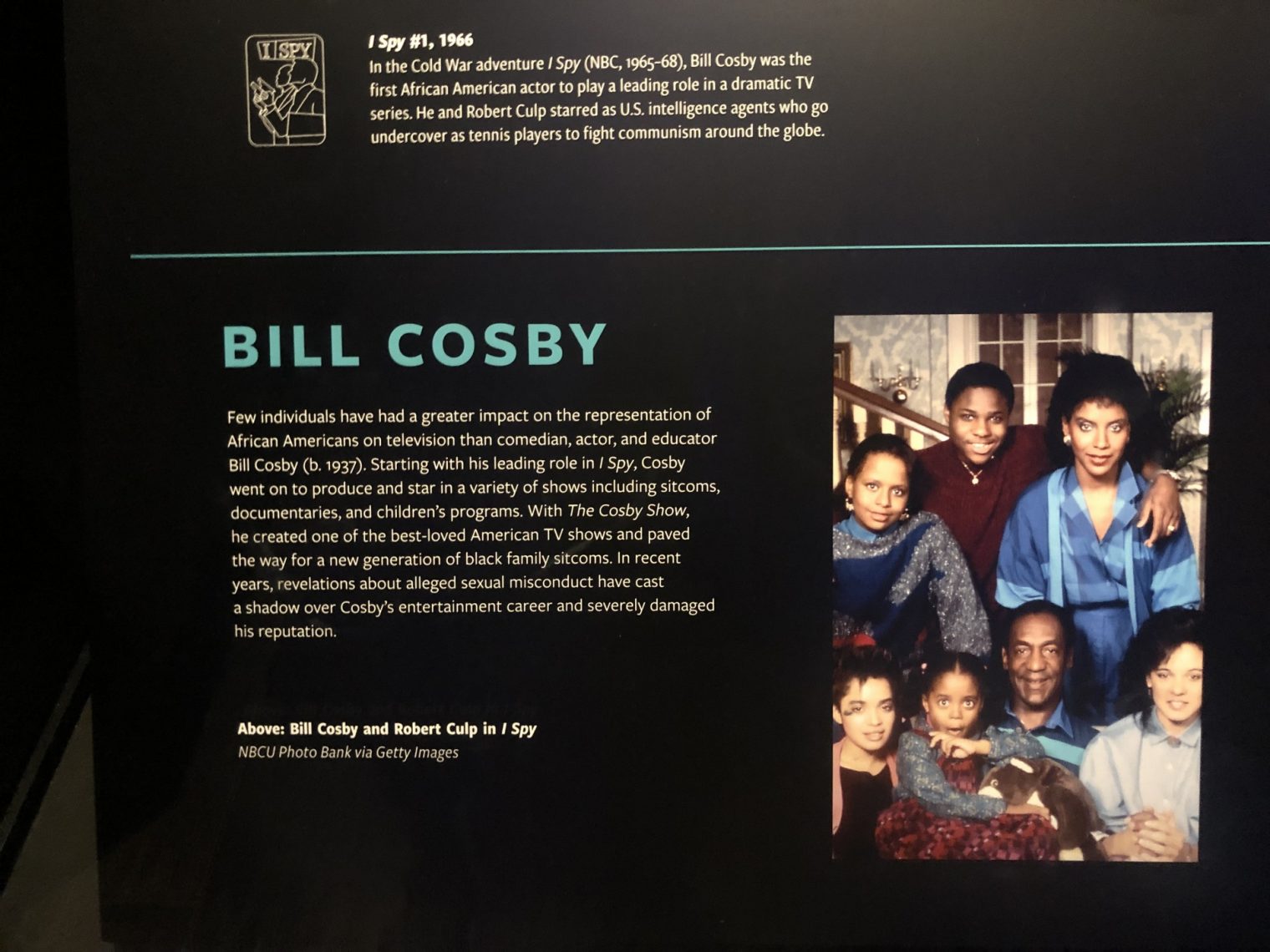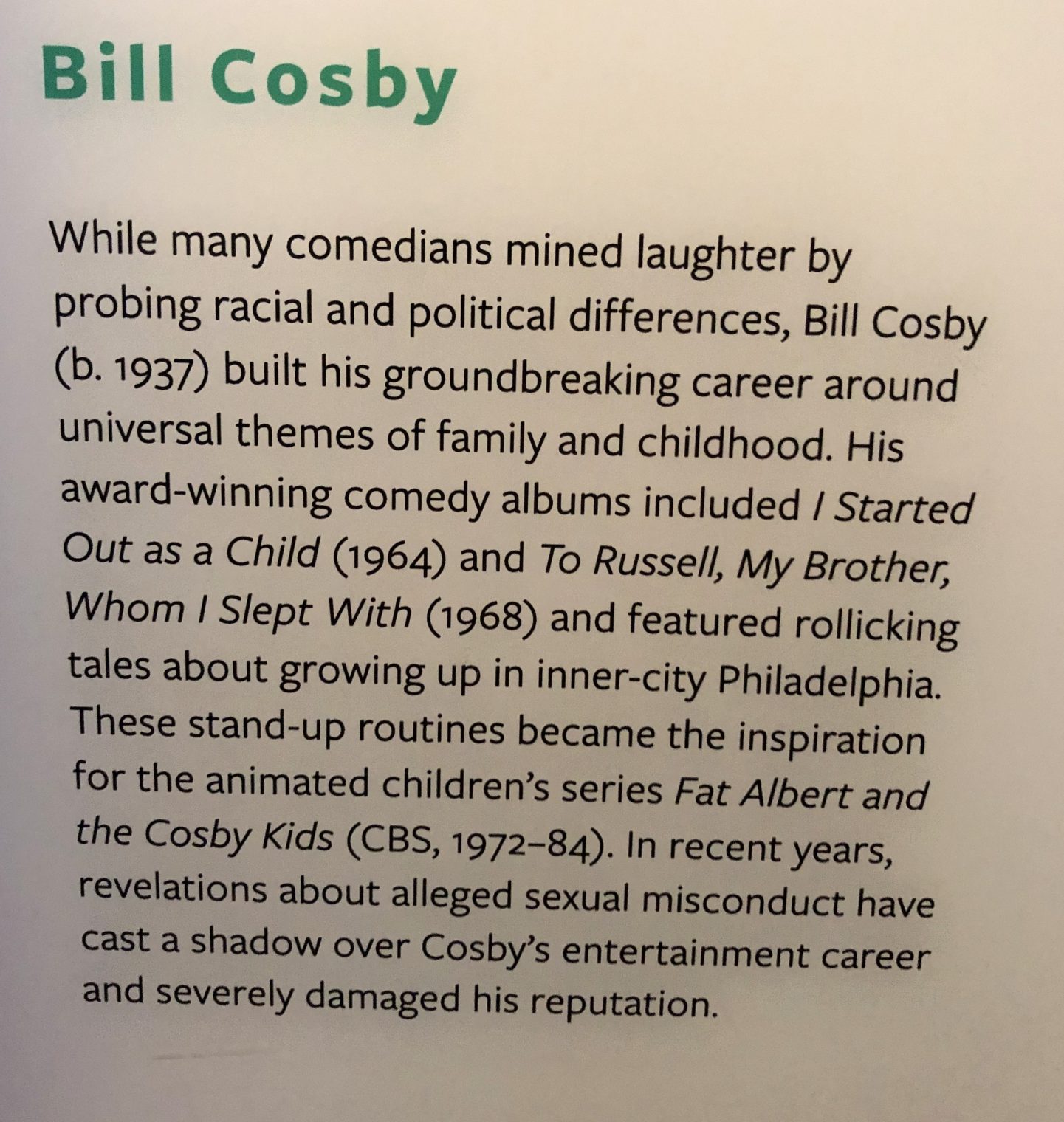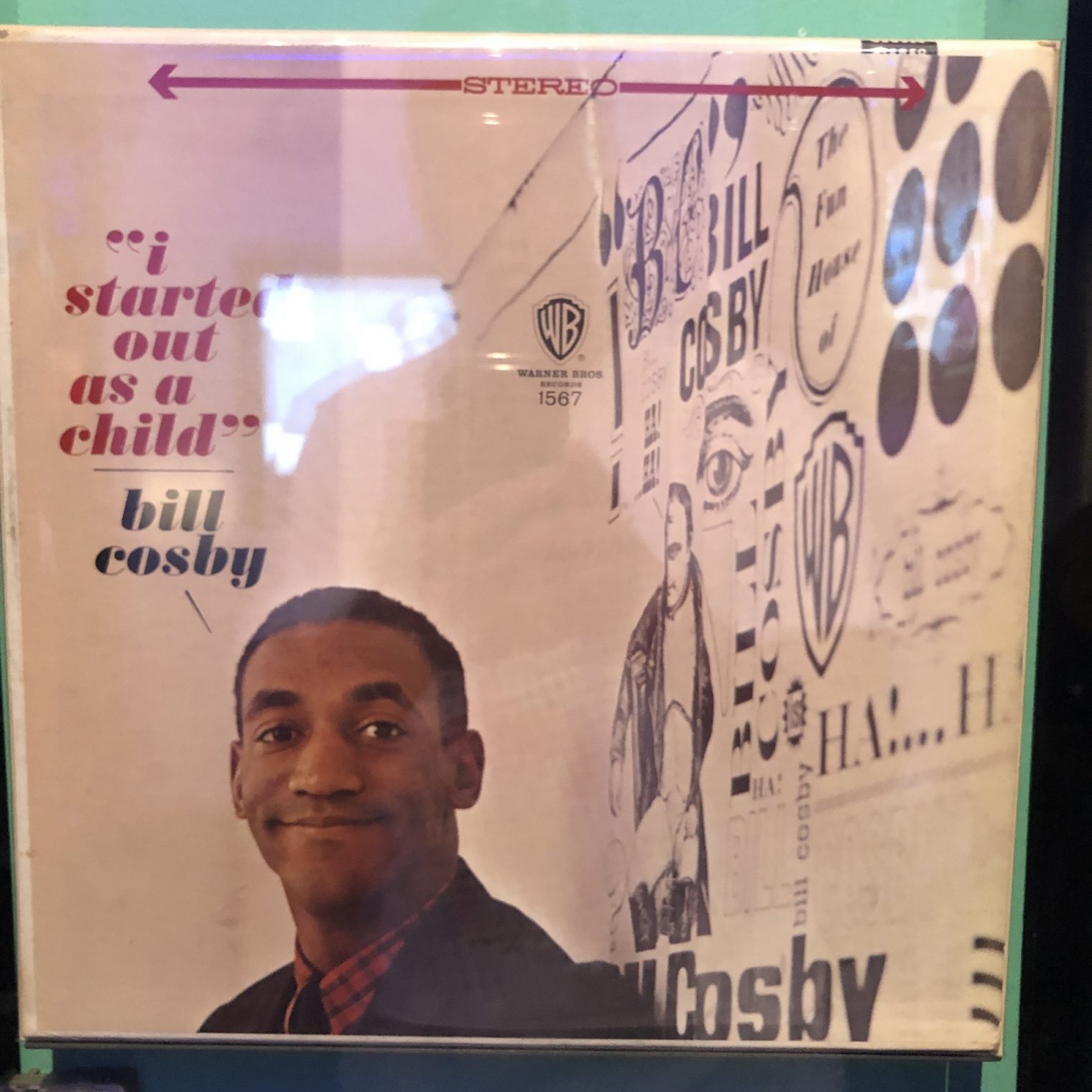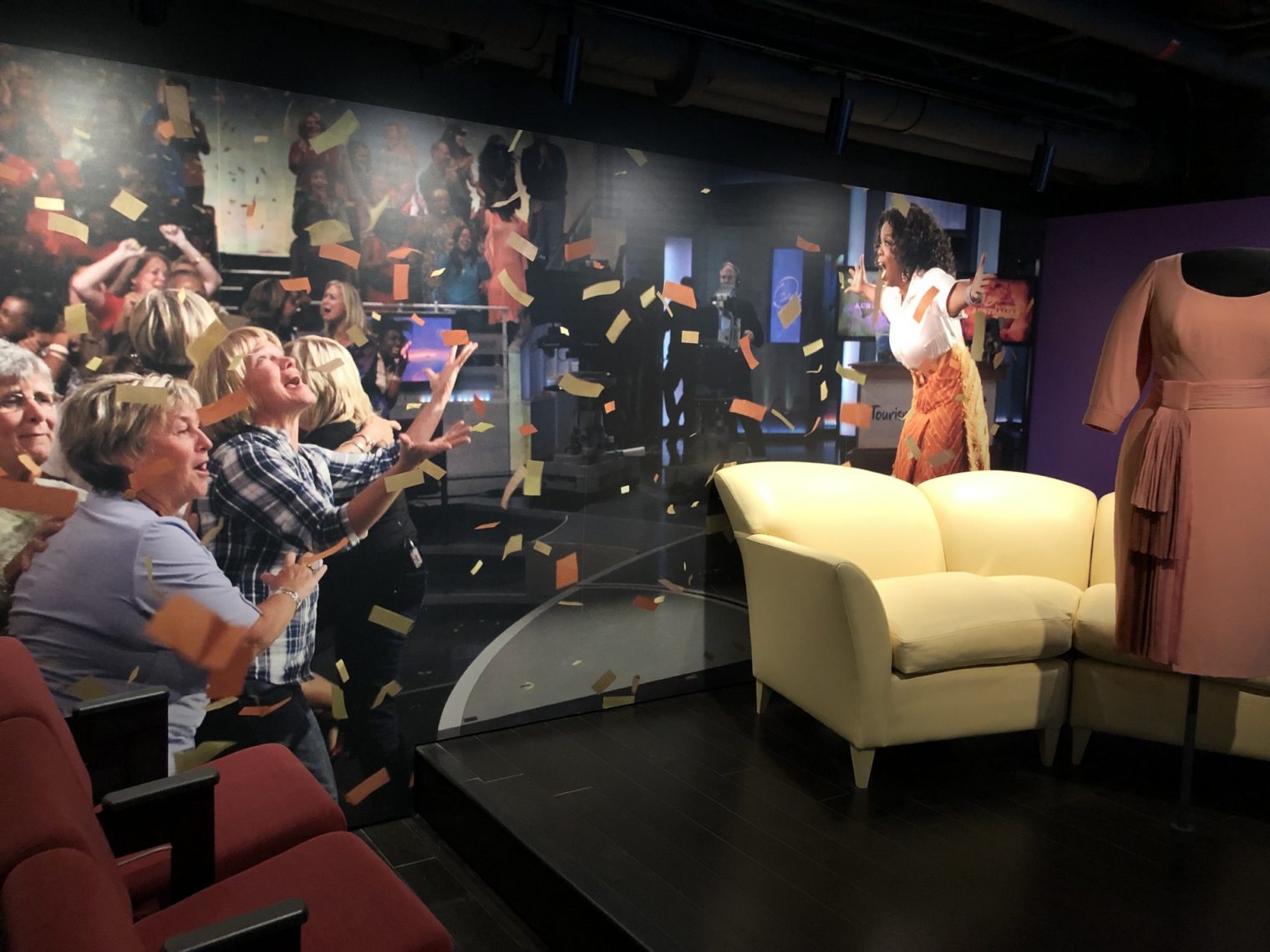1.5 billion Chinese people crowd into the “of color” category
“Harvey Weinstein Told Me He Liked Chinese Girls” (New York Times):
The second power imbalance was around race — the fact that Harvey was white and I was a person of color
With approximately 1.5 billion Chinese people worldwide, doesn’t this make the “Person of Color” category rather crowded?
The old fat guy has more money than the young lithe woman:
Finally, the wealth — Harvey was a multimillionaire, with all the influence money could buy. I was a fresh graduate loaded with student debt. Even during the few months I worked with him, I saw firsthand the influence that money could buy. Later, I was to discover that it could even buy silence.
The two adults have a late-night meeting in a hotel room:
At the Venice Film Festival later that year, these four power imbalances collided in a late-night meeting with Harvey. I had expected to discuss potential film productions and scripts, and we did. But after hours of fending off his chitchat, flattery, requests for massages and a bath, ultimately I found myself pushed back against the bed. I’d worn two pairs of tights for protection, and tried to appease him by taking one of them off and letting him massage me, but it hadn’t worked.
The young trim person is able to escape from the old morbidly obese person:
In the end, I was able to wriggle off the bed and leave
The financial power imbalance is rectified to a small extent:
when I finally signed the nondisclosure document, accepting a settlement of £125,000 (about $213,000) and agreeing to stay silent forever, the trauma was not yet over.
(If all of this happened 20 years ago, that’s roughly $332,000 in 2019 dollars.)
Get ready for a bunch more articles about Harvey and his hotel room companions:
Then, in September 2018, I watched another woman, Christine Blasey Ford, speak up about the nomination of Brett Kavanaugh to the Supreme Court. Coincidentally, only a few minutes from my house she was living the very existence I’d feared … In January, I had the privilege of sharing my story with Dr. Blasey and other survivors in a group interview conducted by Ms. Kantor and Ms. Twohey. … Since the story broke in October 2017, many actresses, from the relatively unknown to the superstars, have come out with stories about Harvey. Yet the stories of assistants have gotten relatively little attention by comparison, and tragically, even fewer of those voices have been of women of color.
Reading between the lines, it seems that the victim/author is living in Silicon Valley in a house with her four children. (i.e., depending on the house, she might well have reached the “multimillionaire” status with which she characterized the middle-aged Harvey Weinstein.)
Readers: Is it reasonable for a Chinese person to don the “person of color” victimhood mantle? Would the African Americans living in East St. Louis (murder rate 19X the U.S. average and exceeding that of Honduras, El Salvador, and other countries from which folks are seeking asylum due to violence) agree that they should be lumped together with the mom of four in a house in America’s most expensive neighborhood? Can my Chinese-American dermatologist and engineering Ph.D. friends also claim to be “of color”?
[If Asians are “of color,” why doesn’t Harvard want to admit them?]
Related:
Full post, including comments